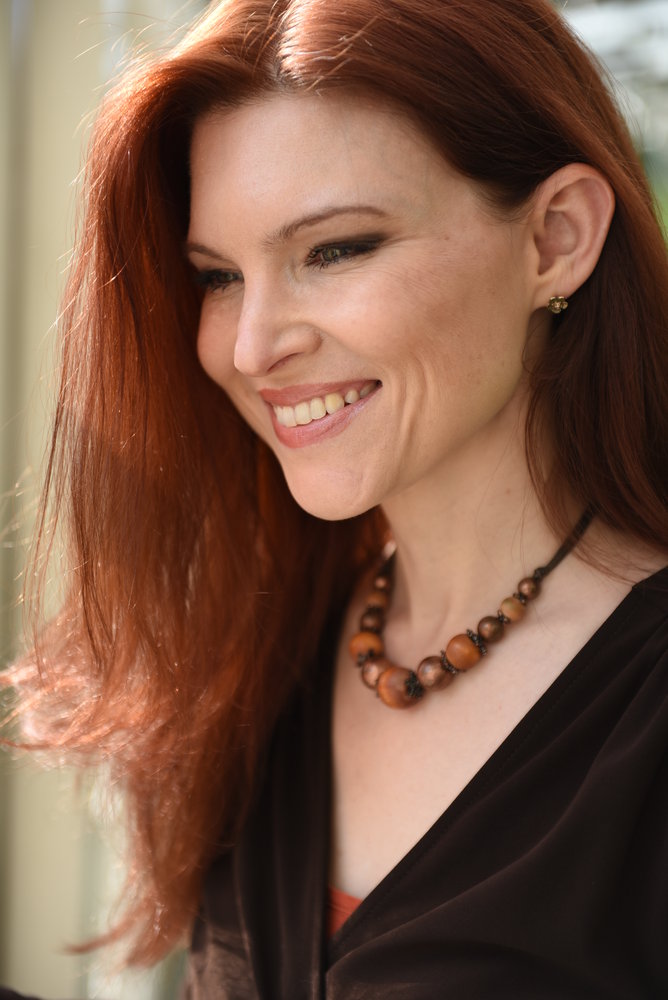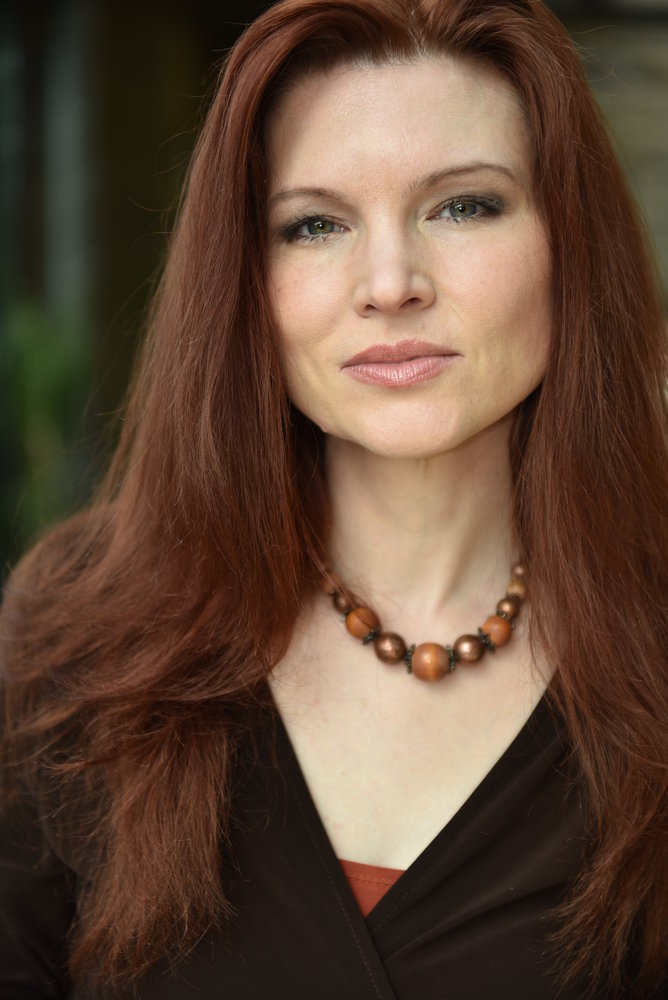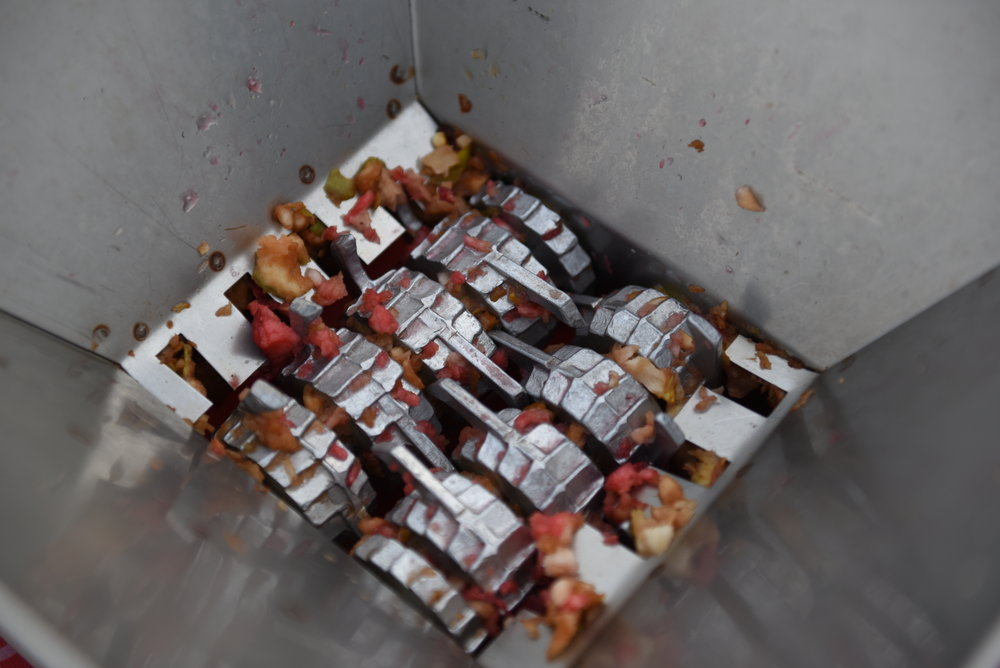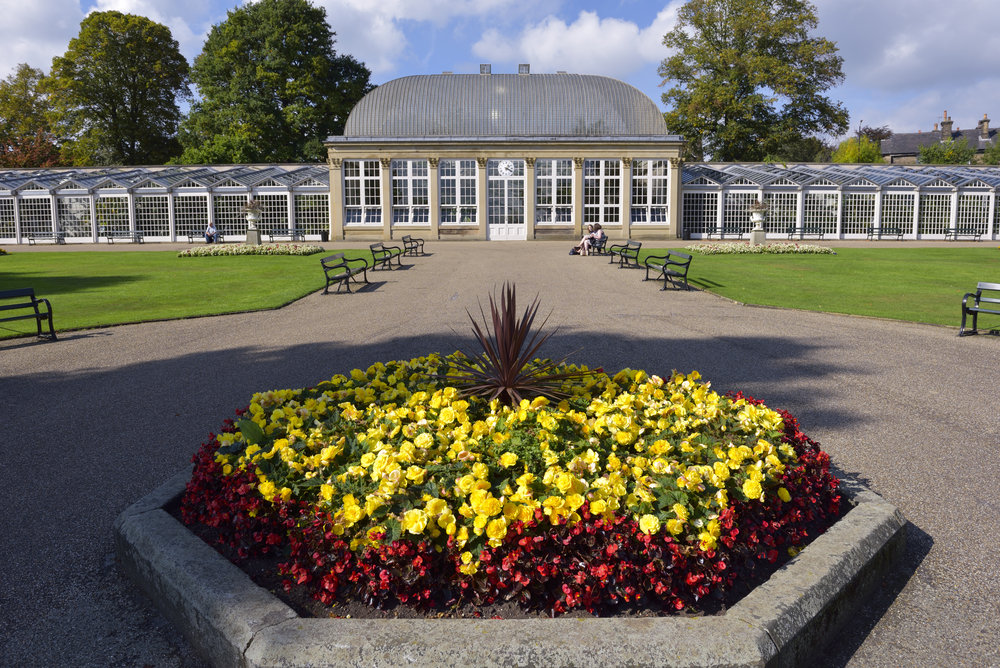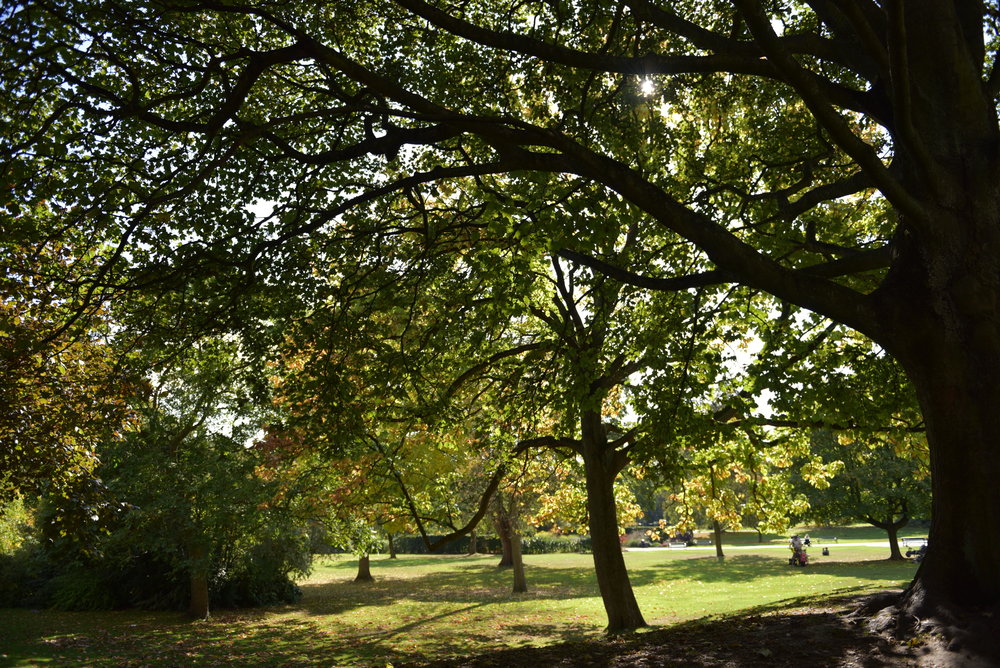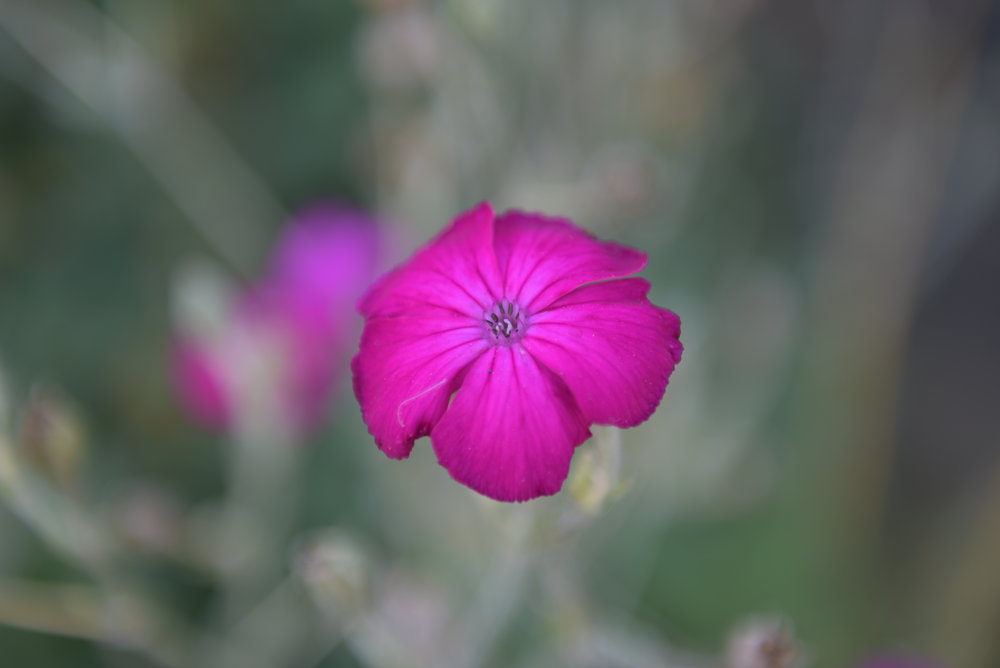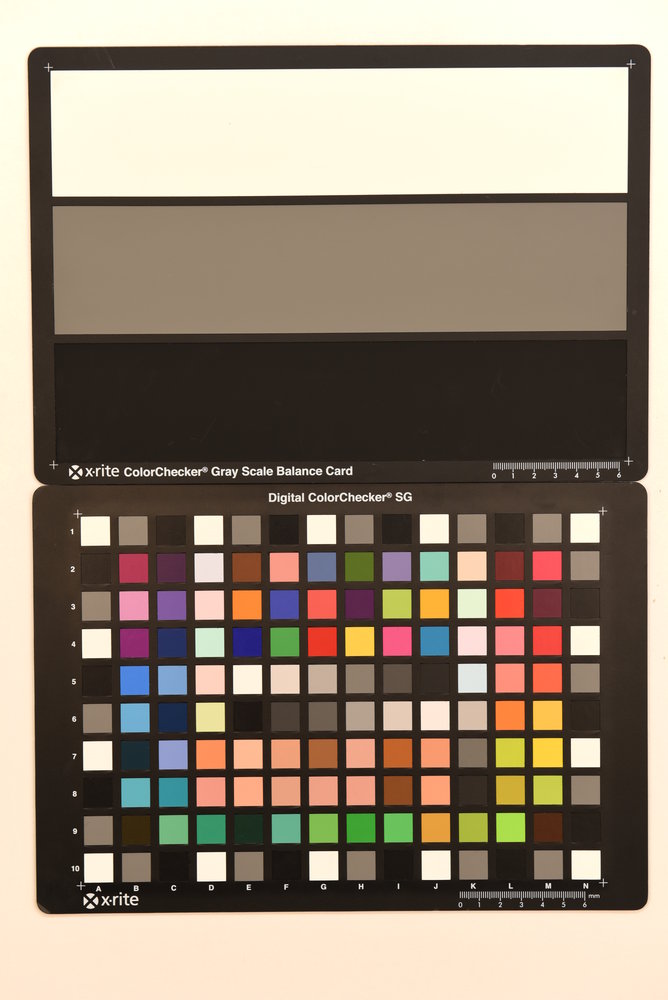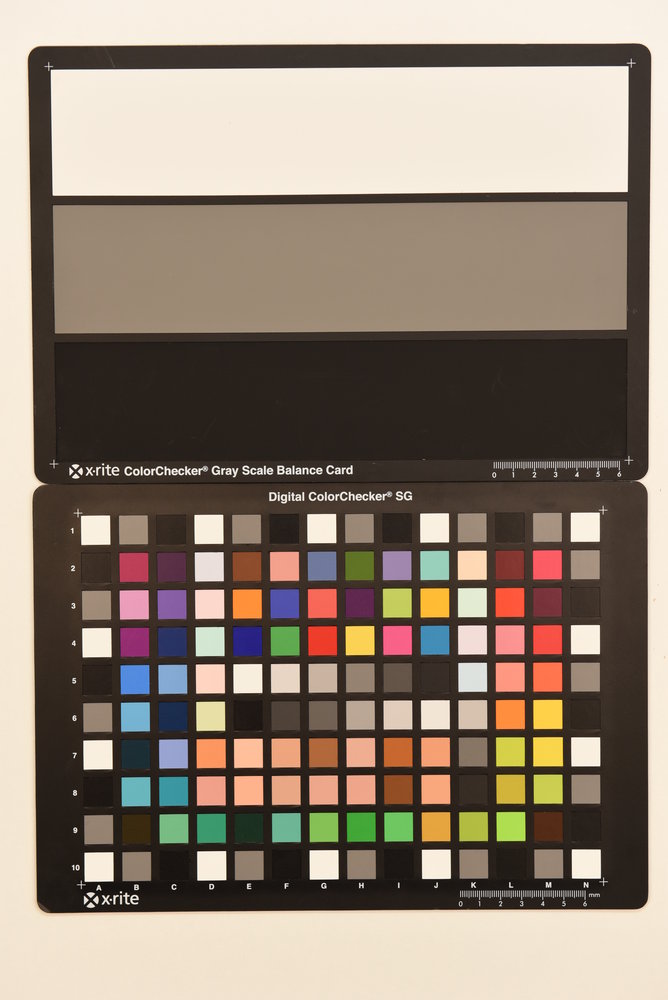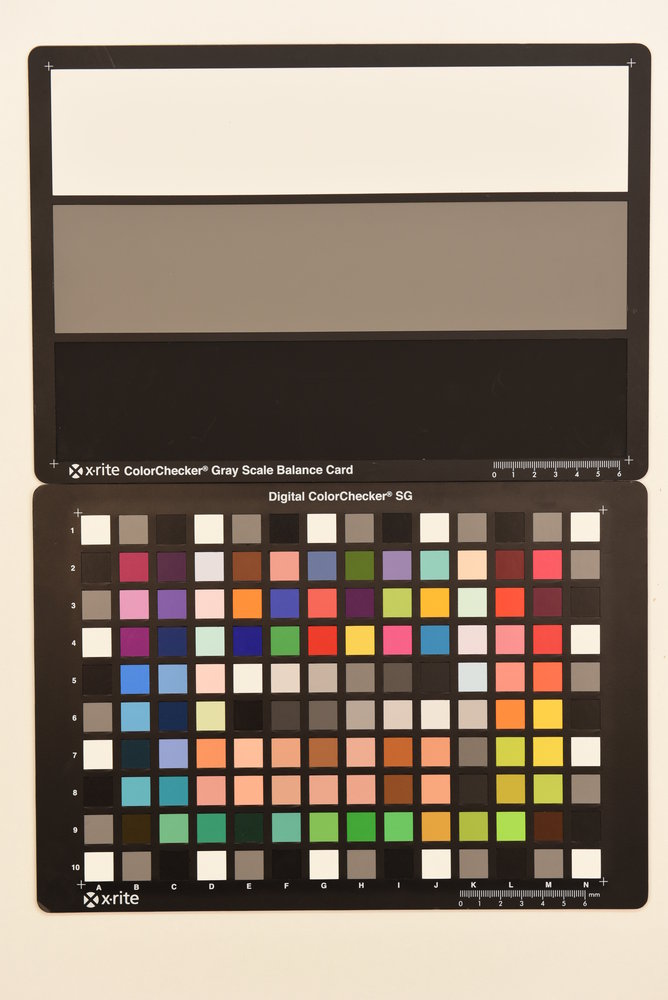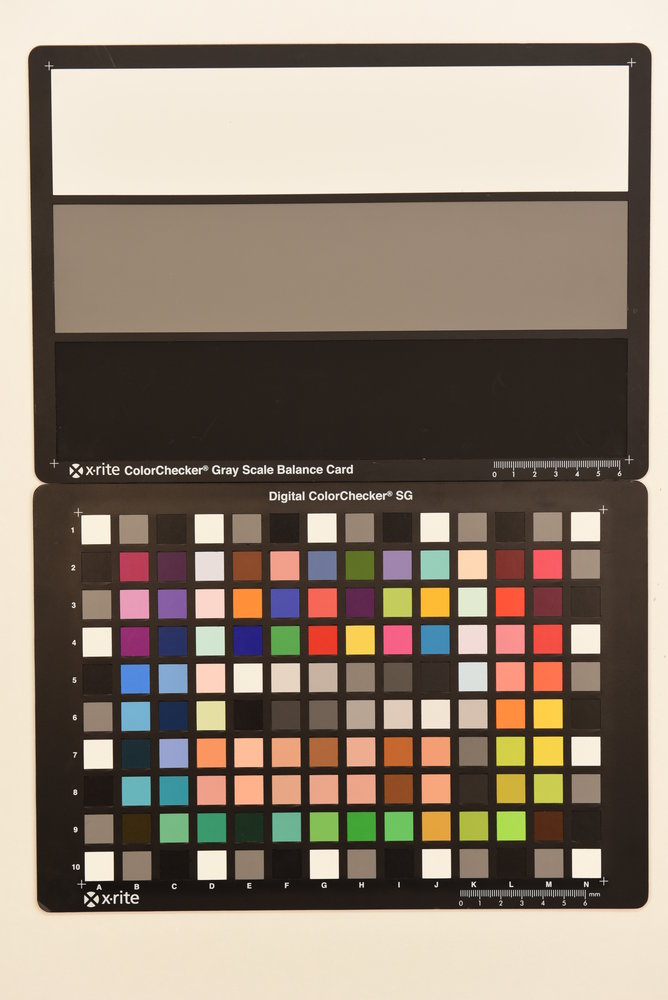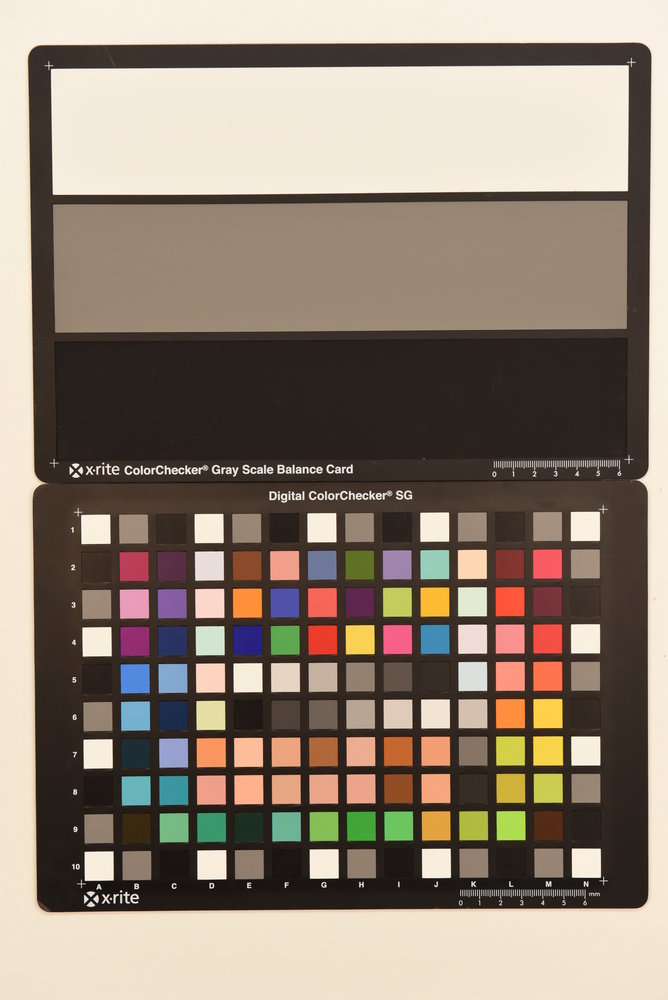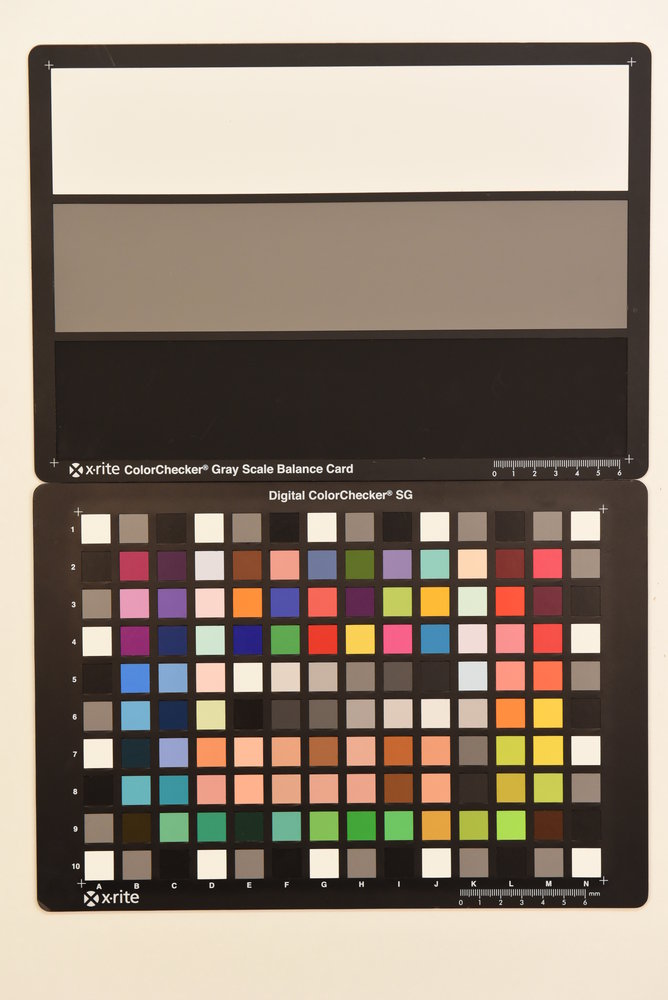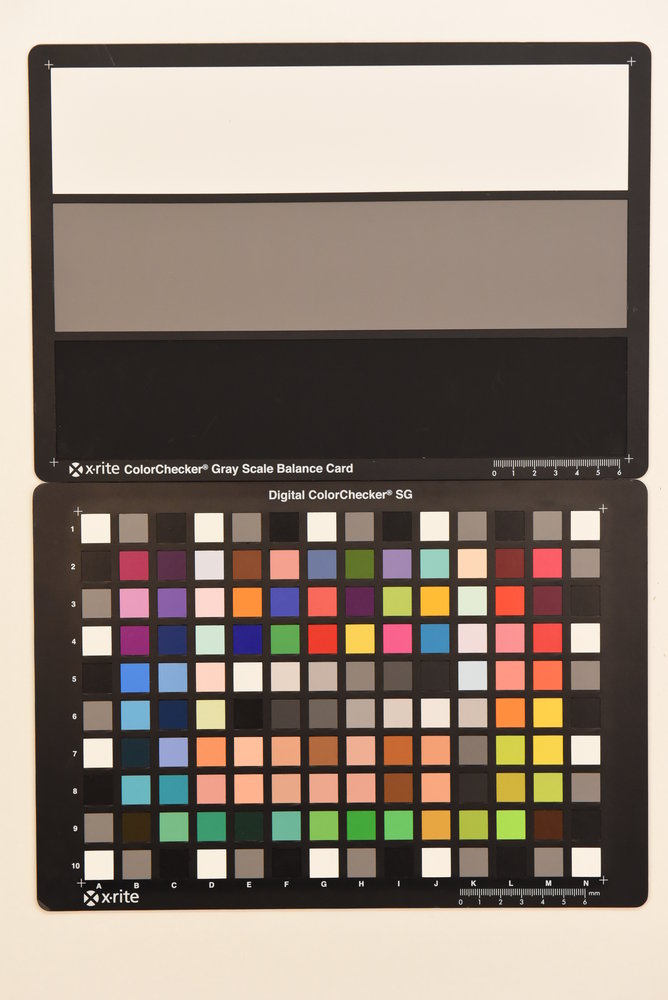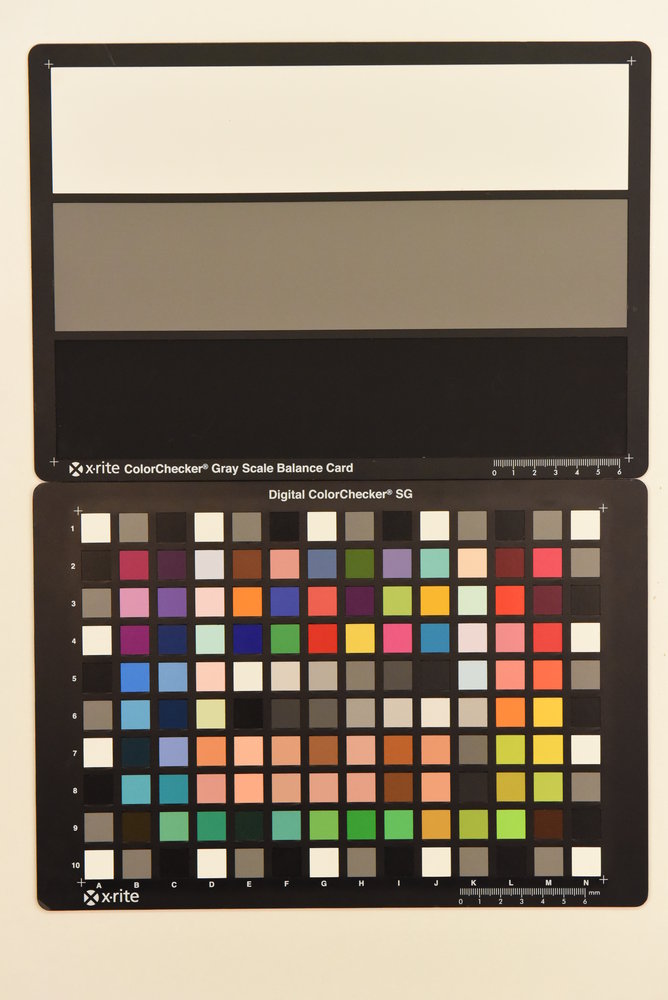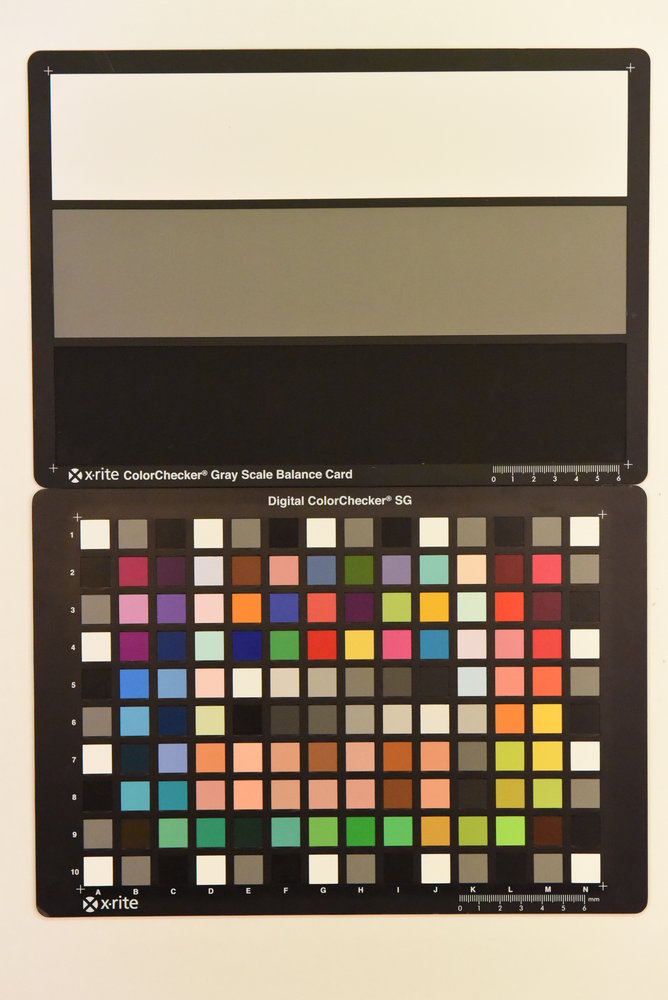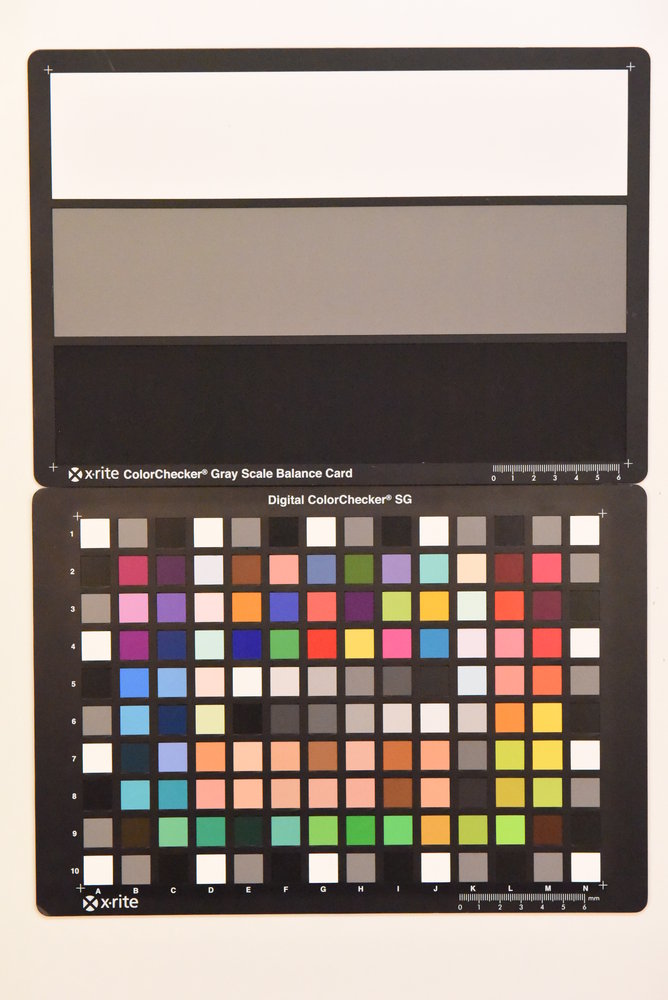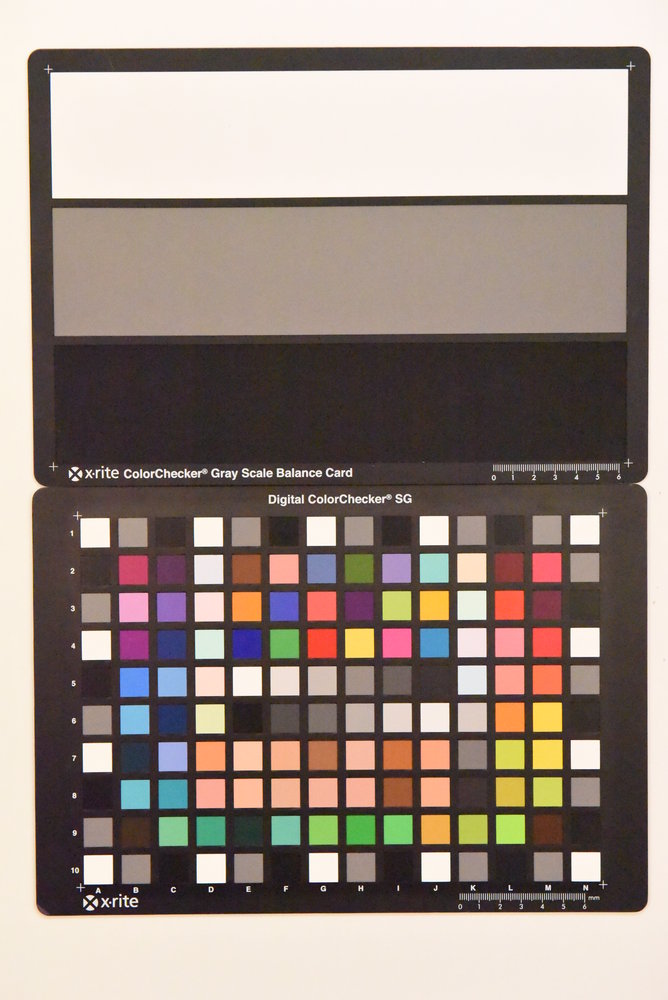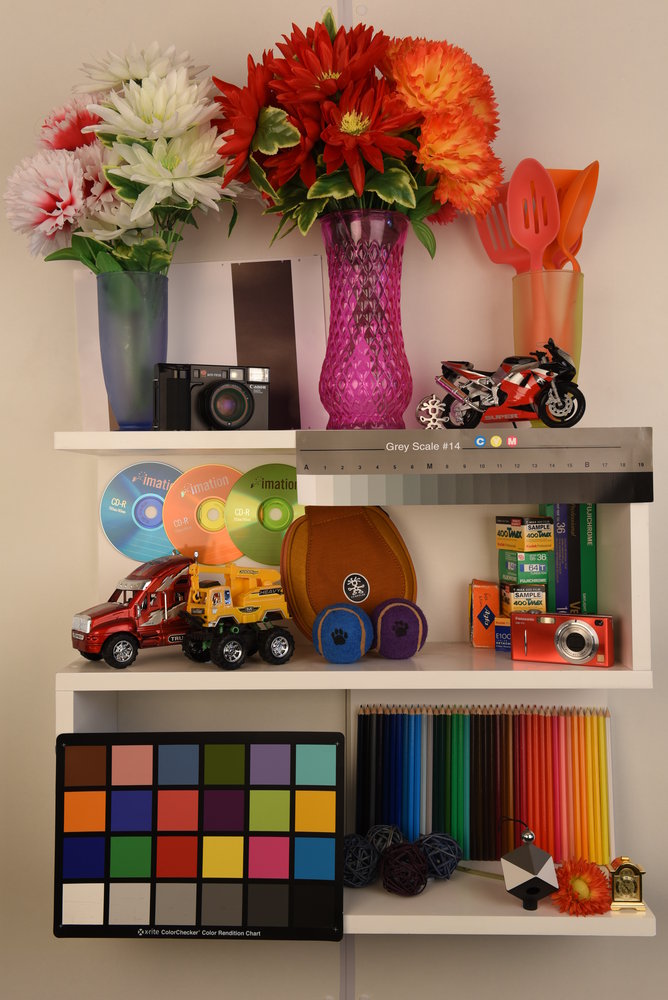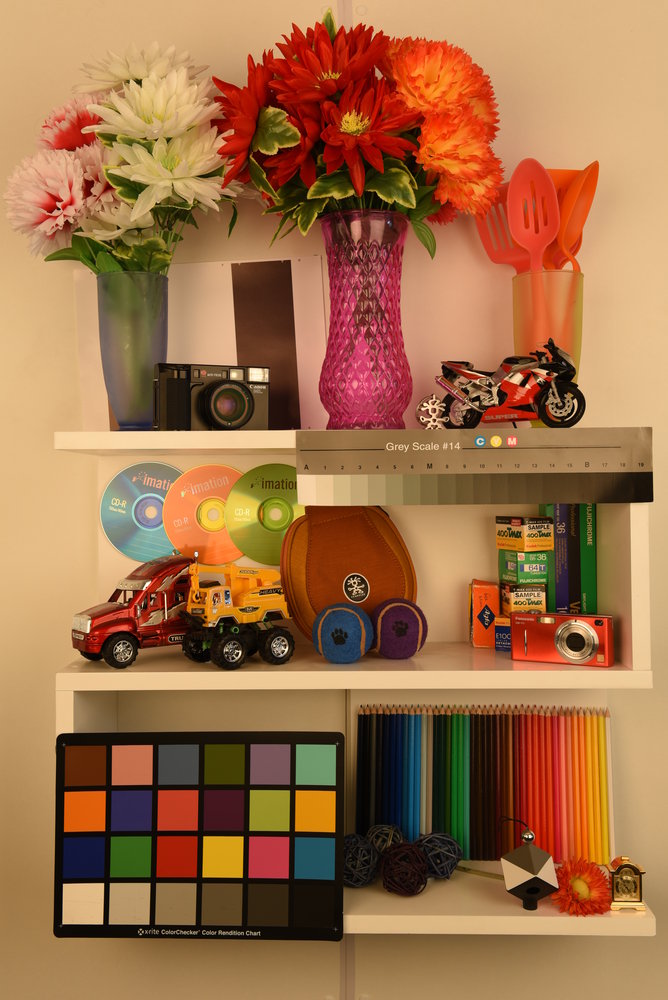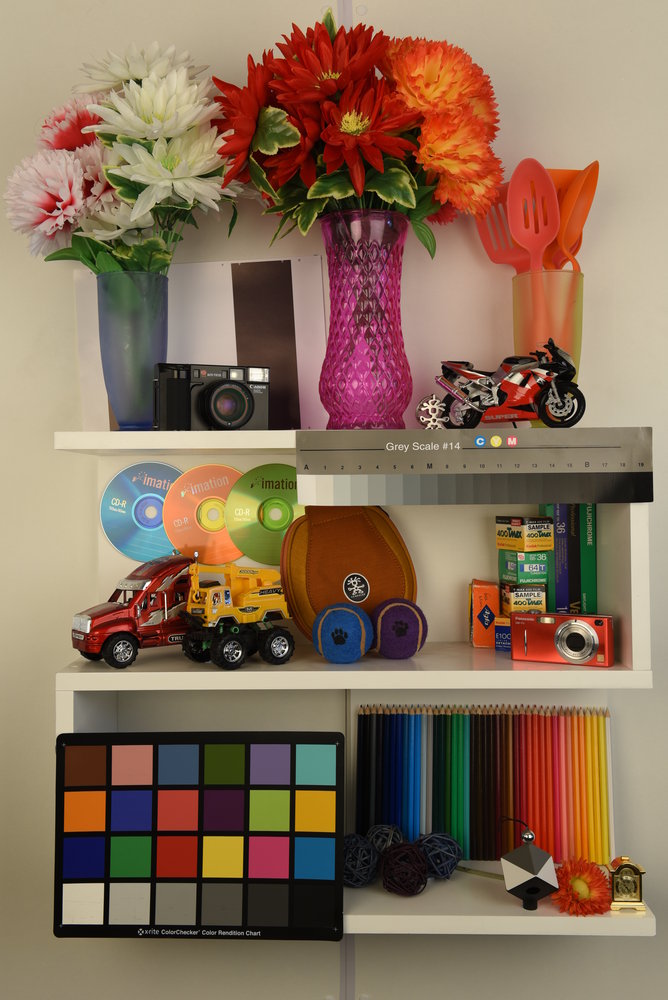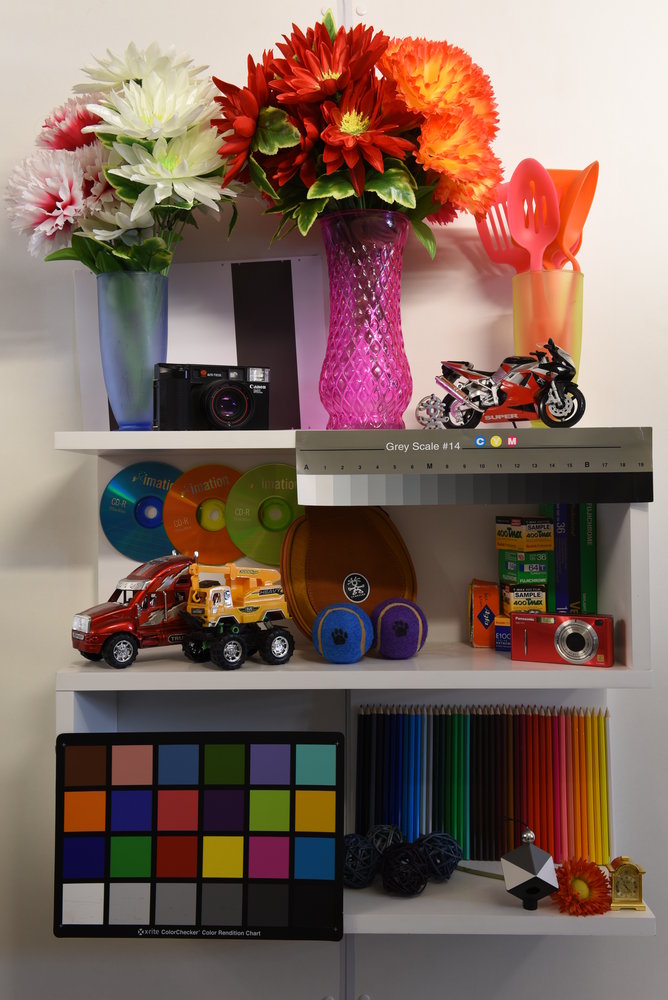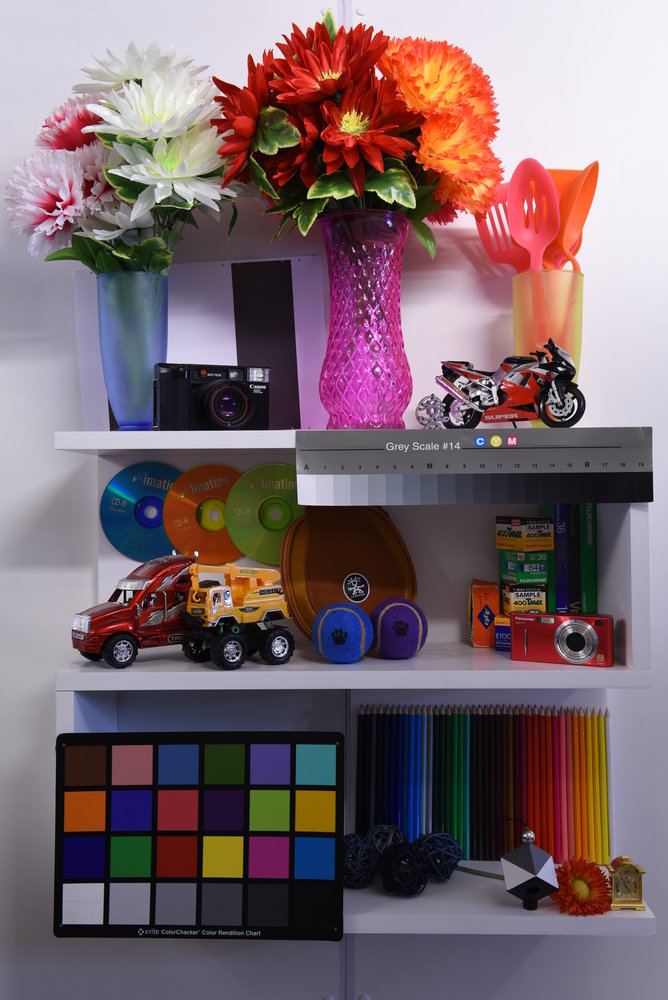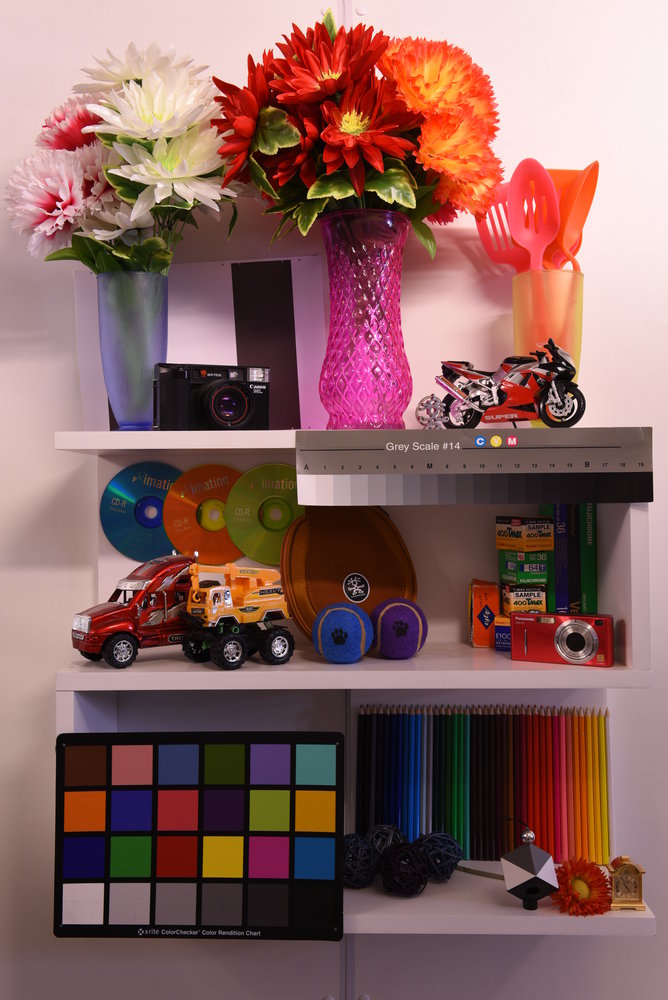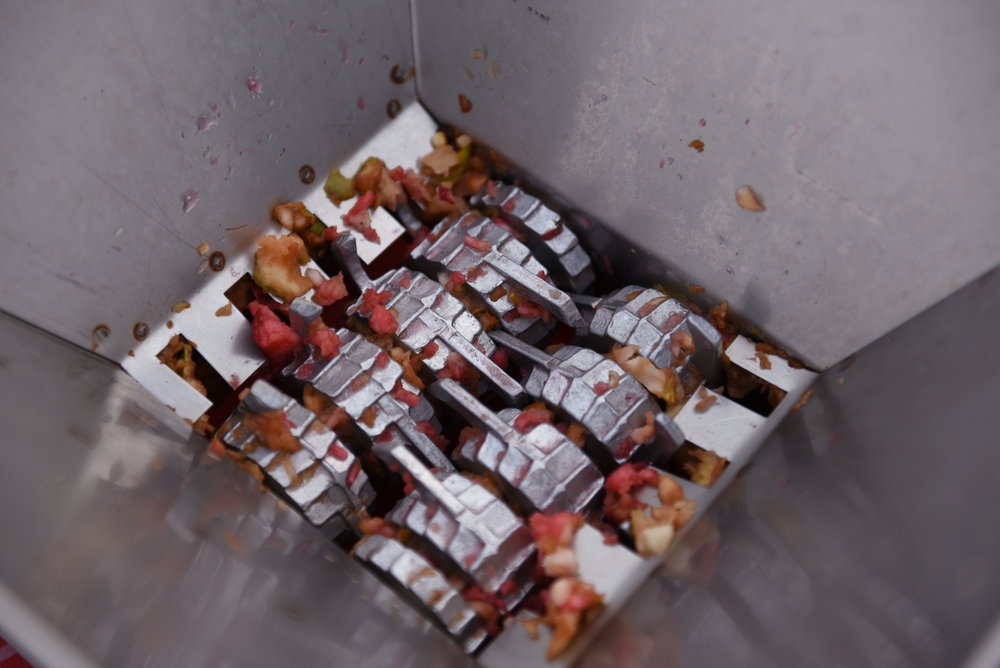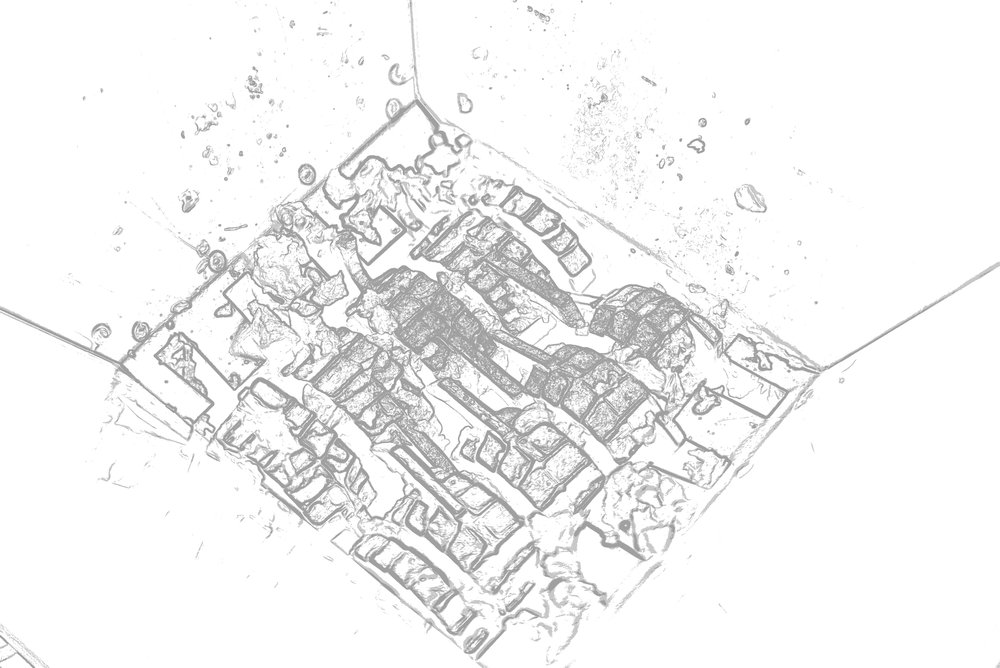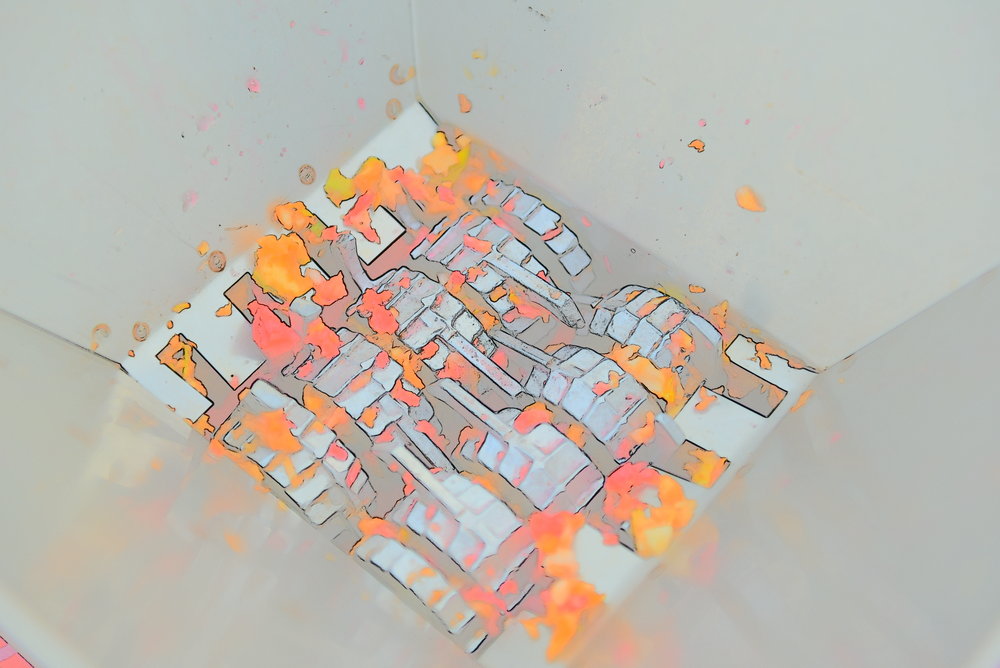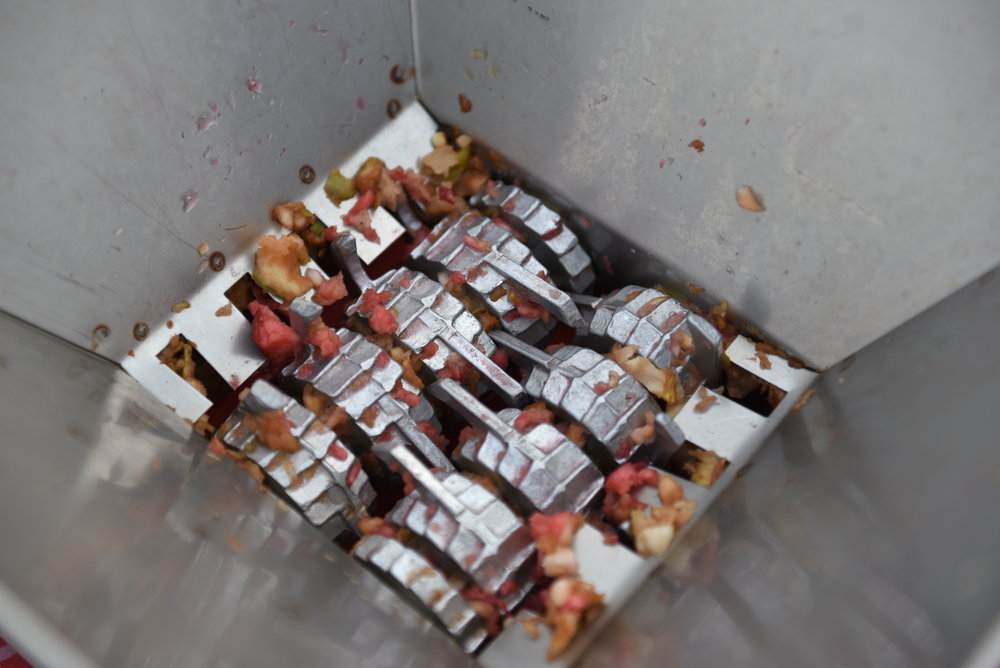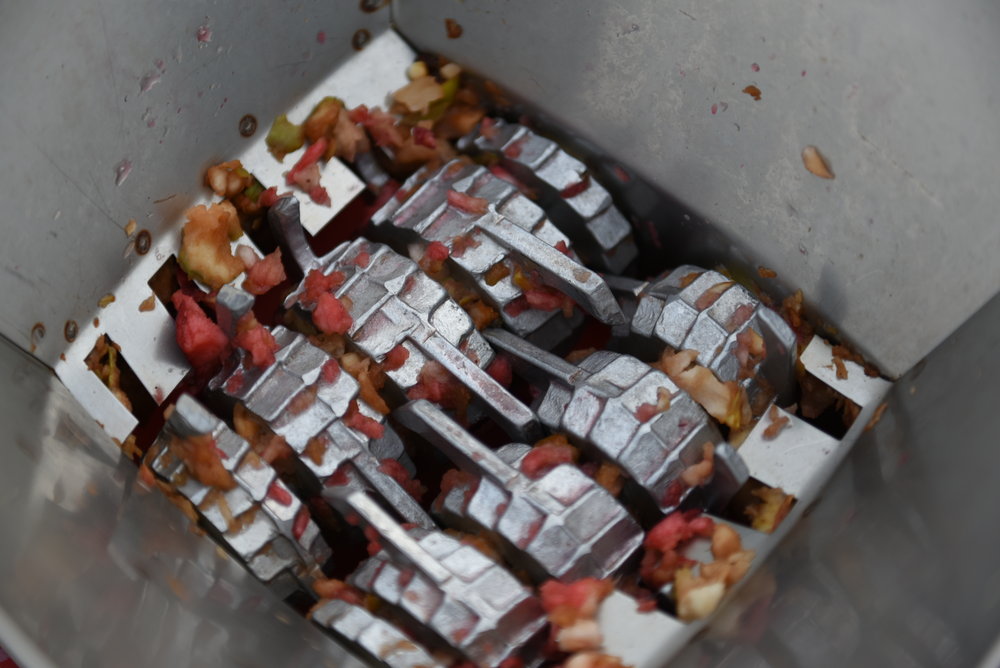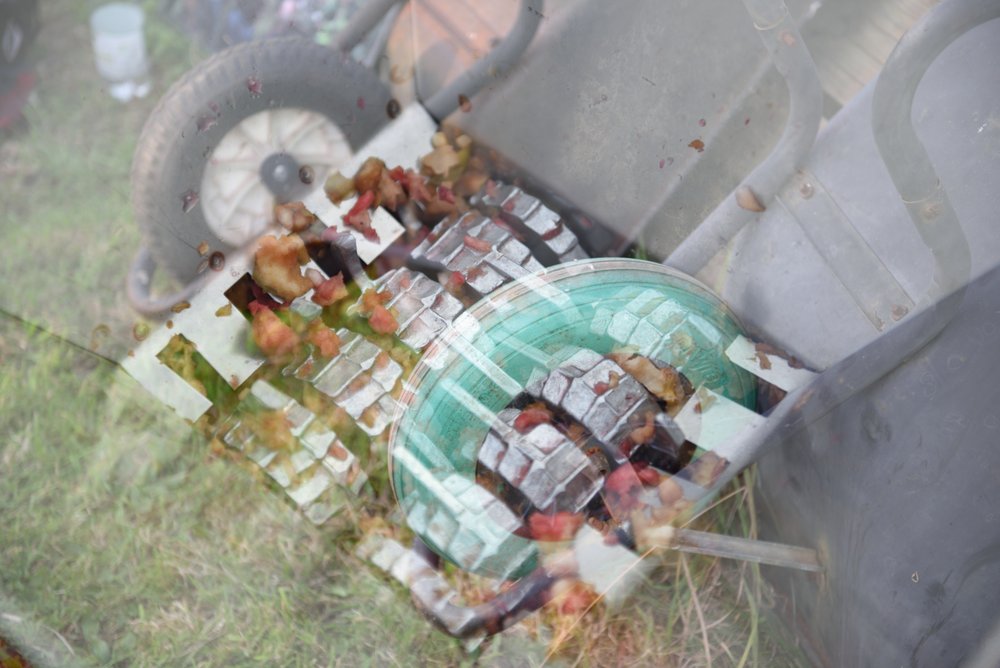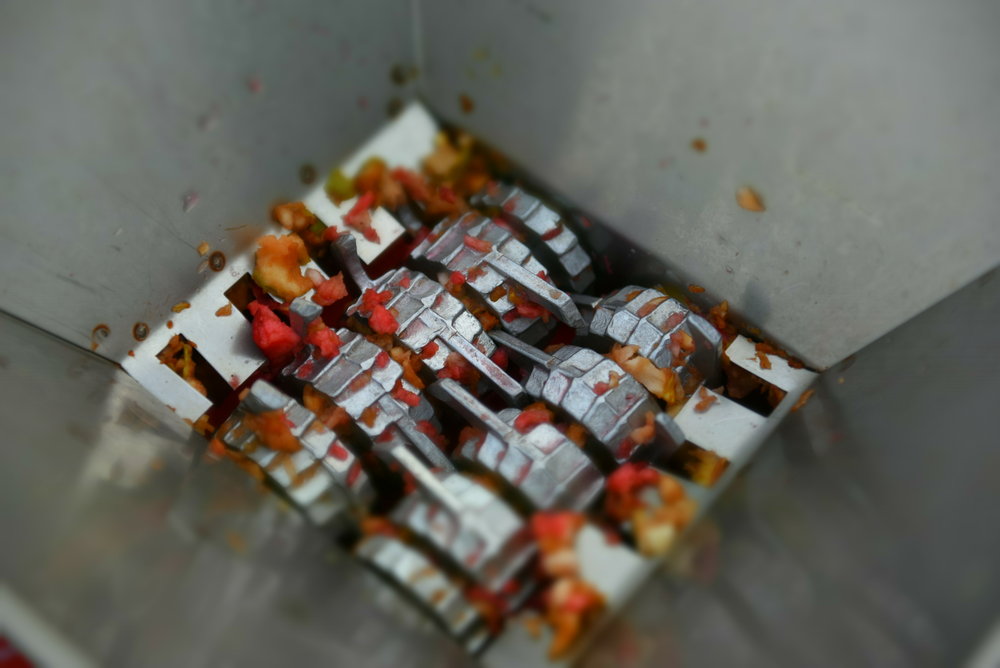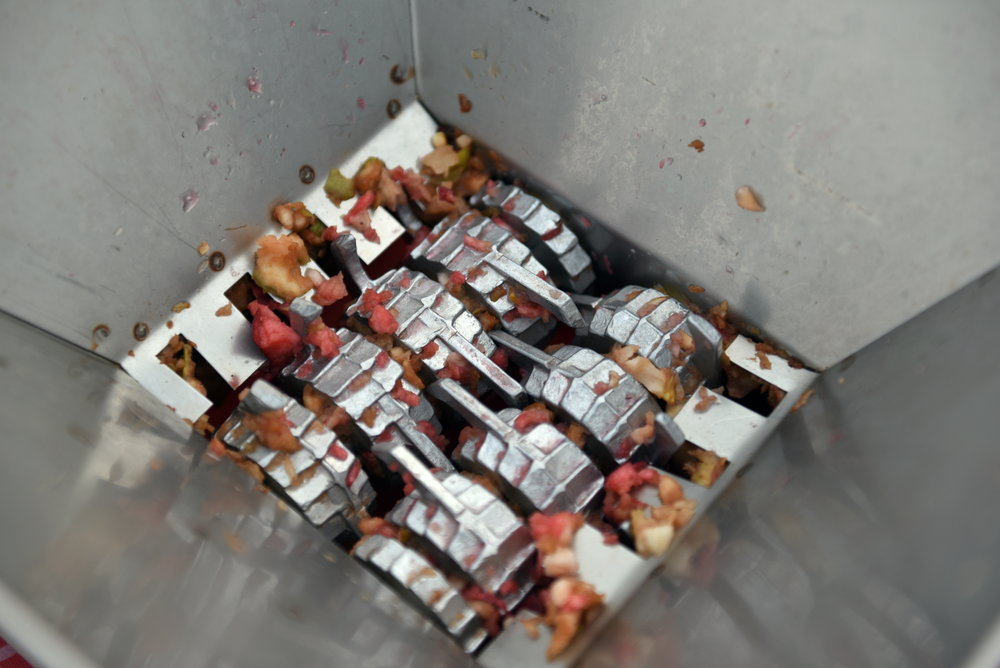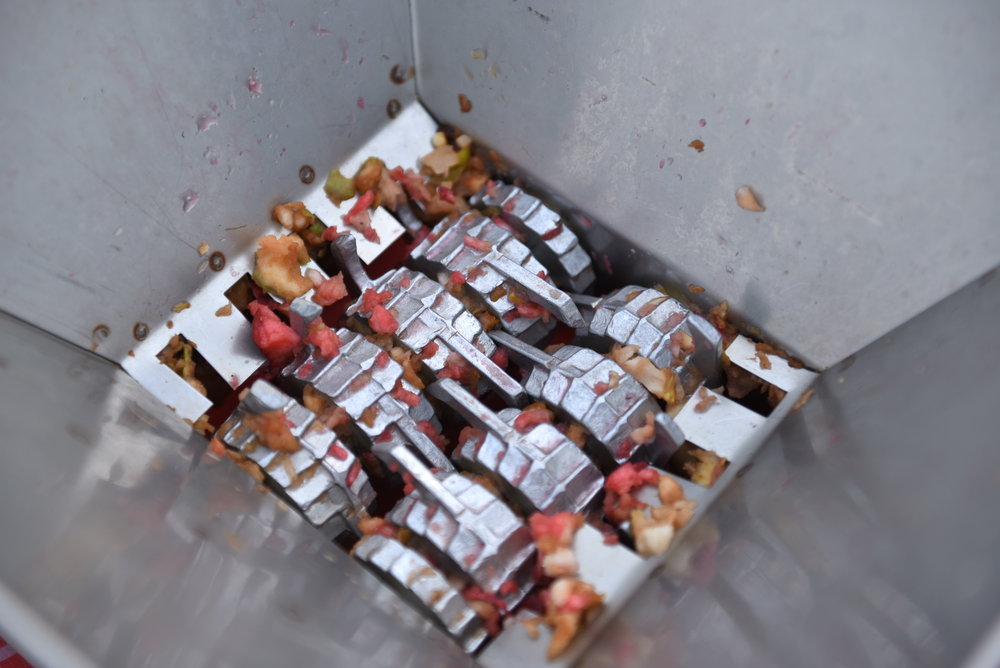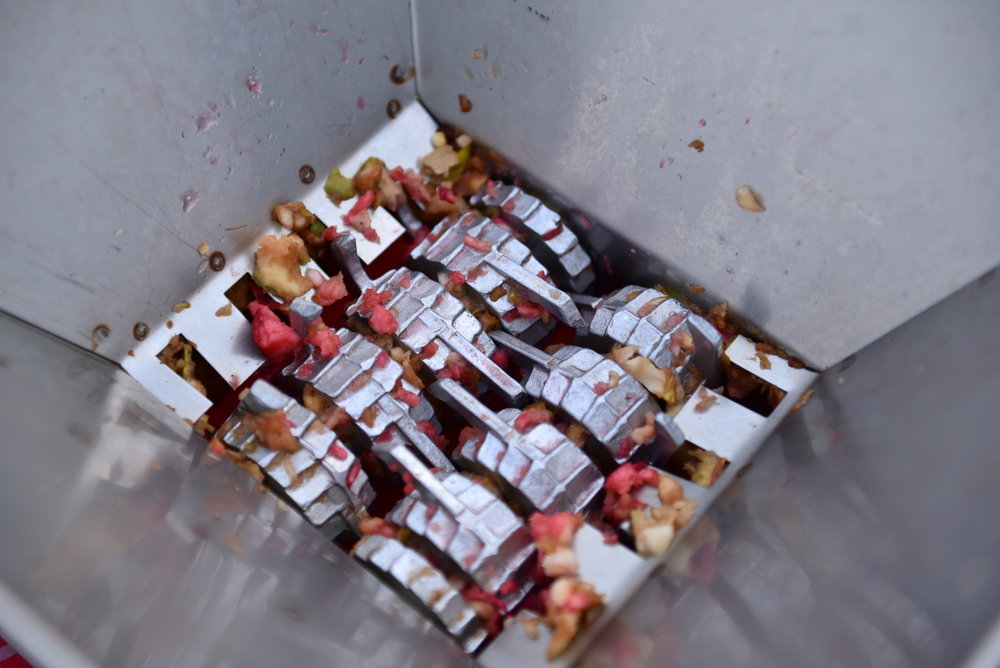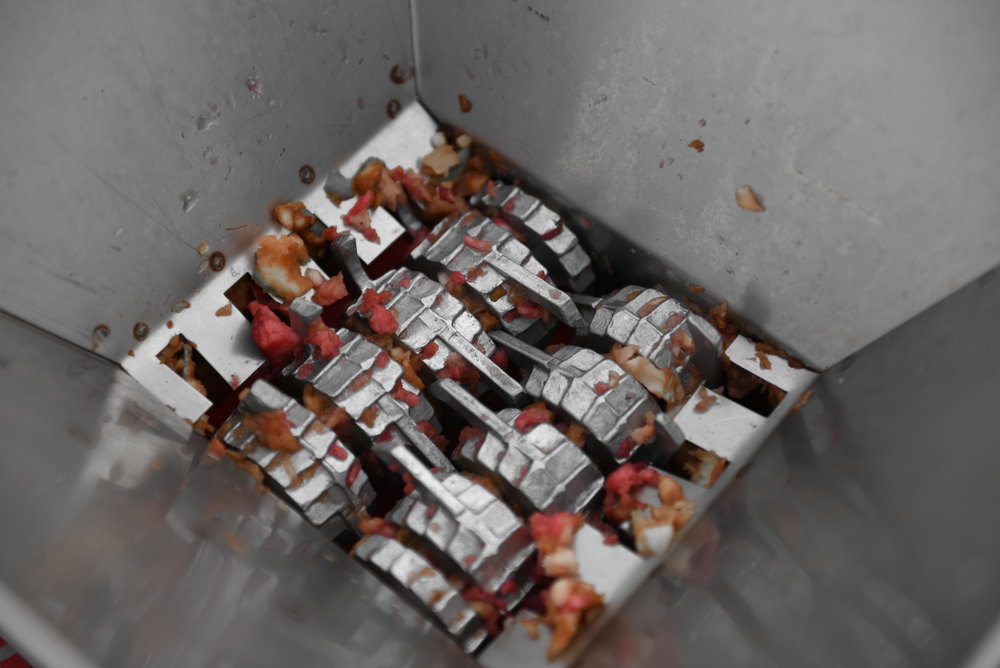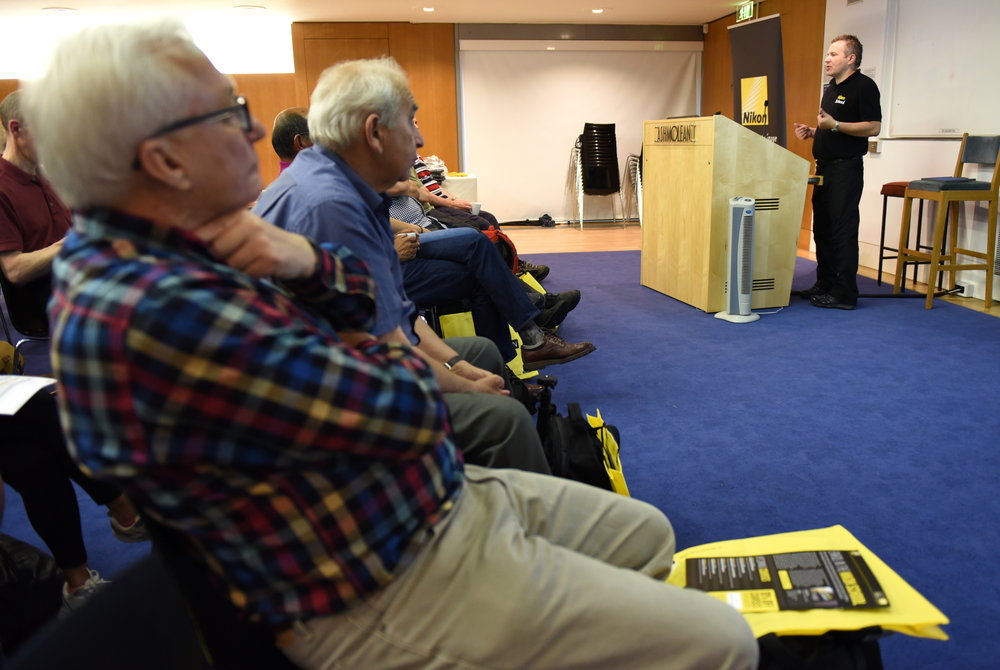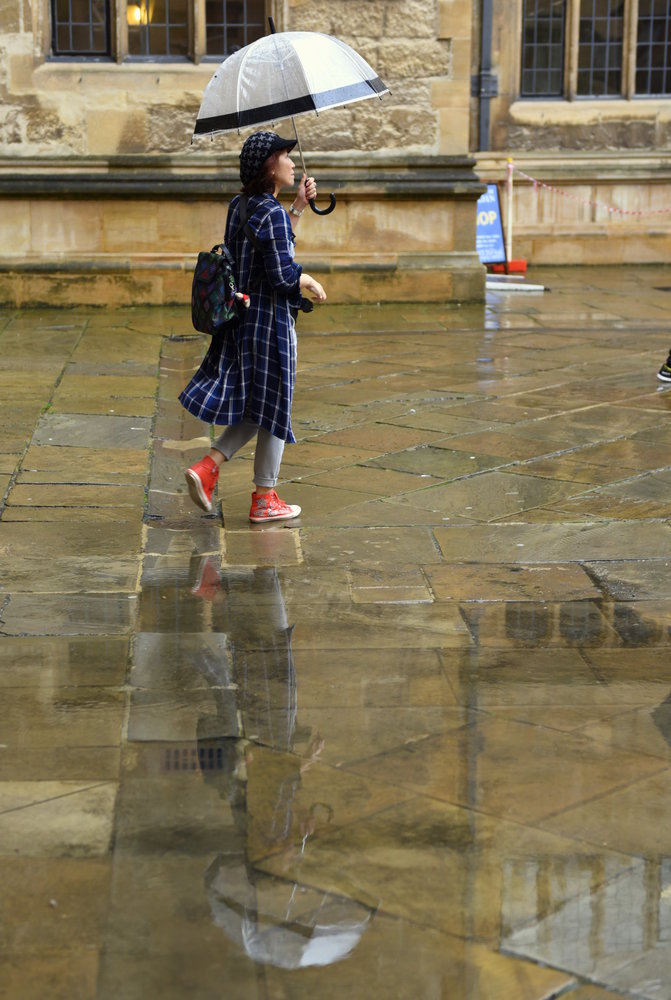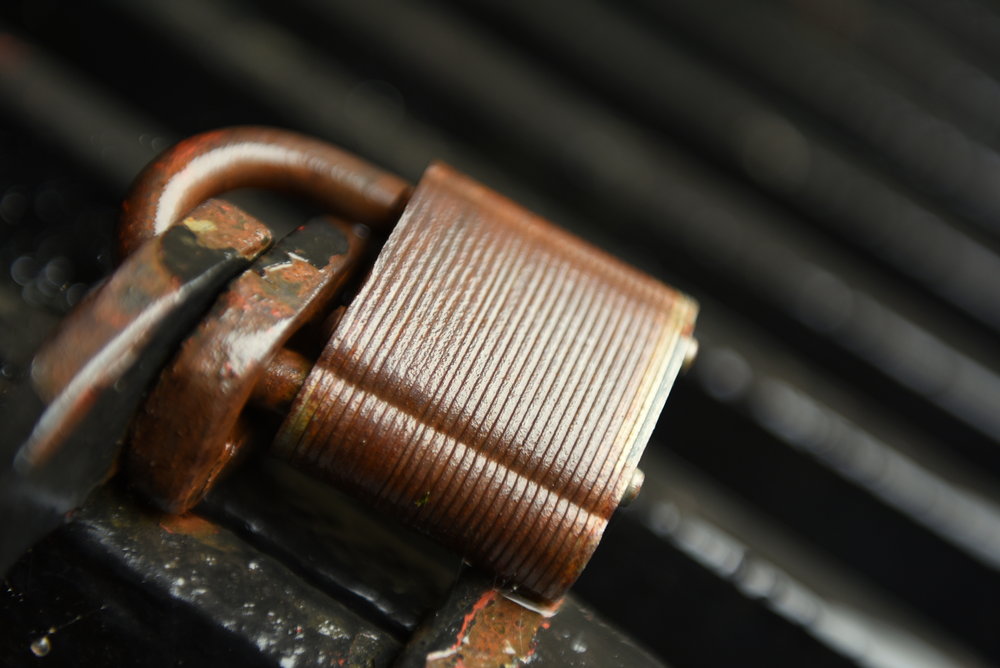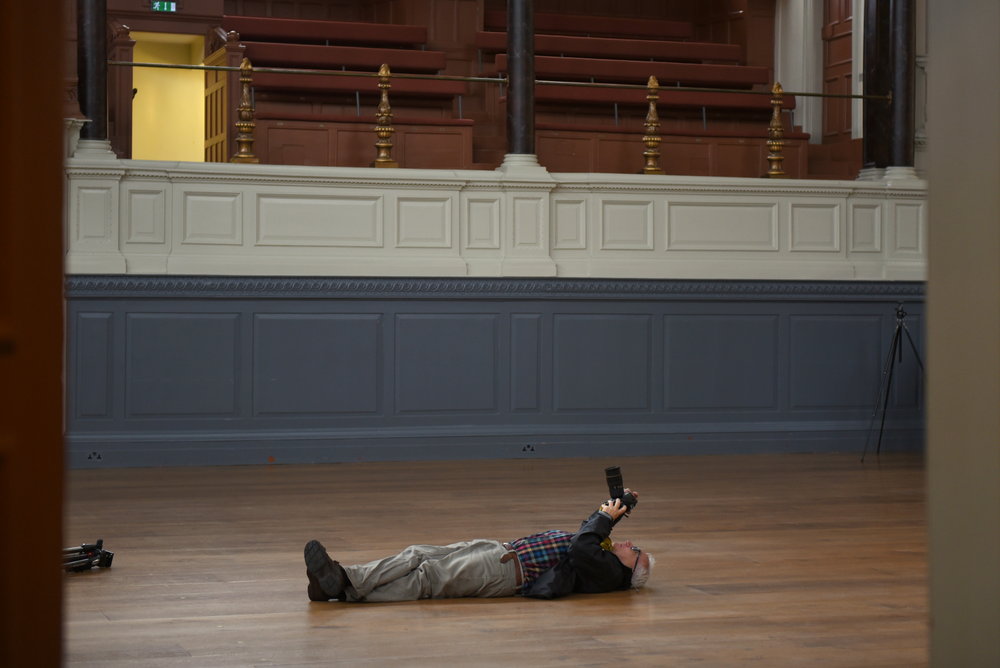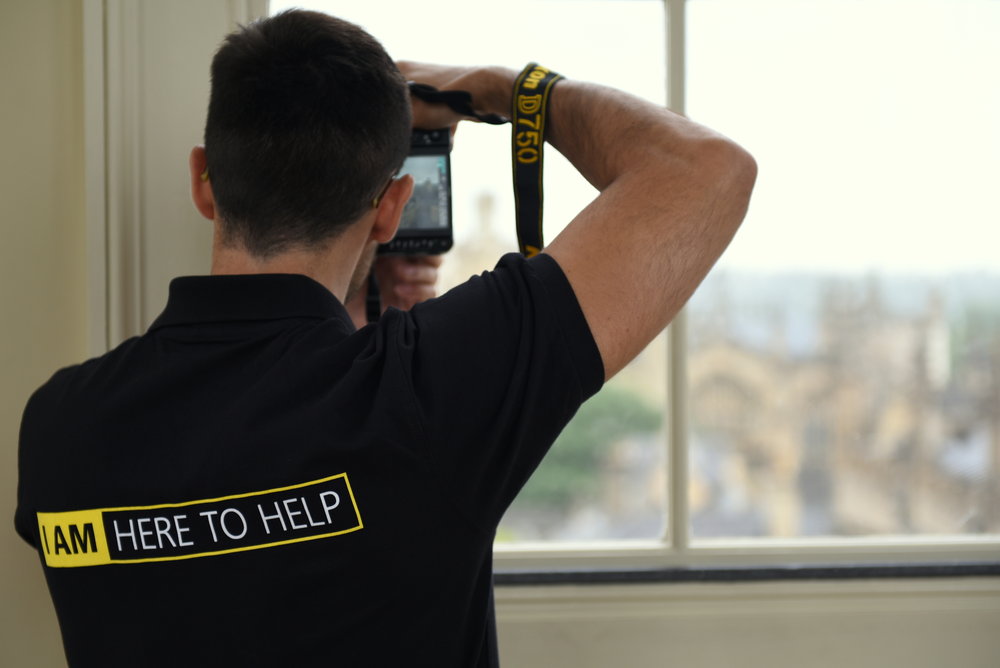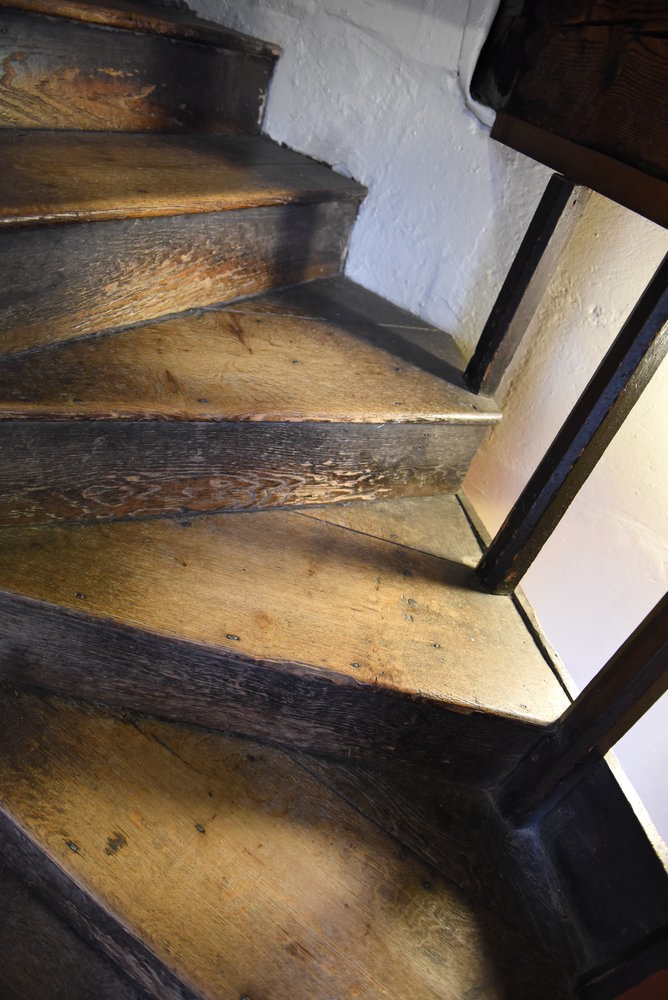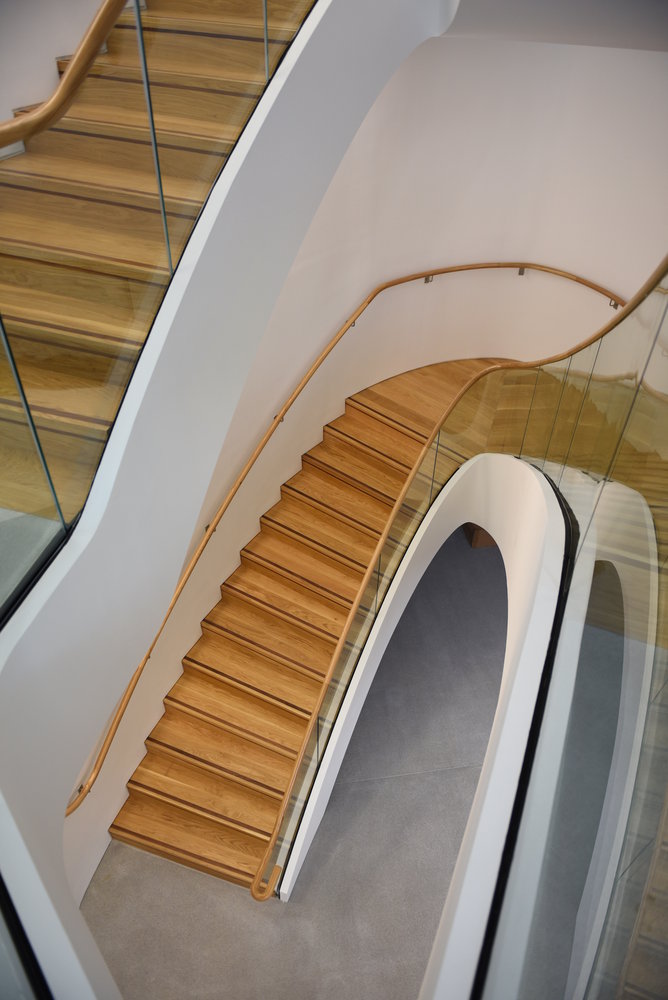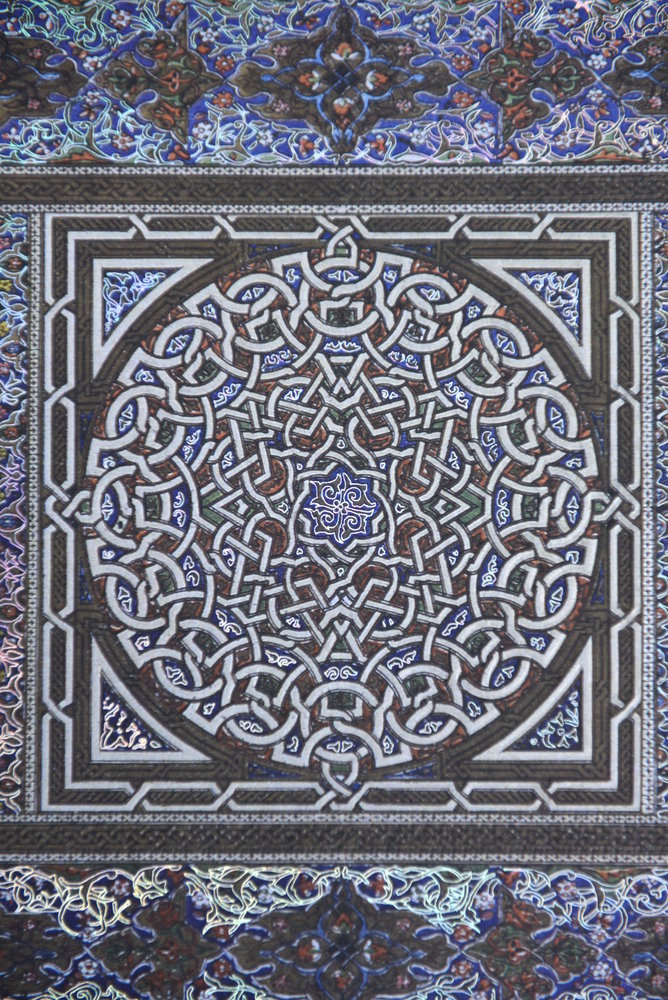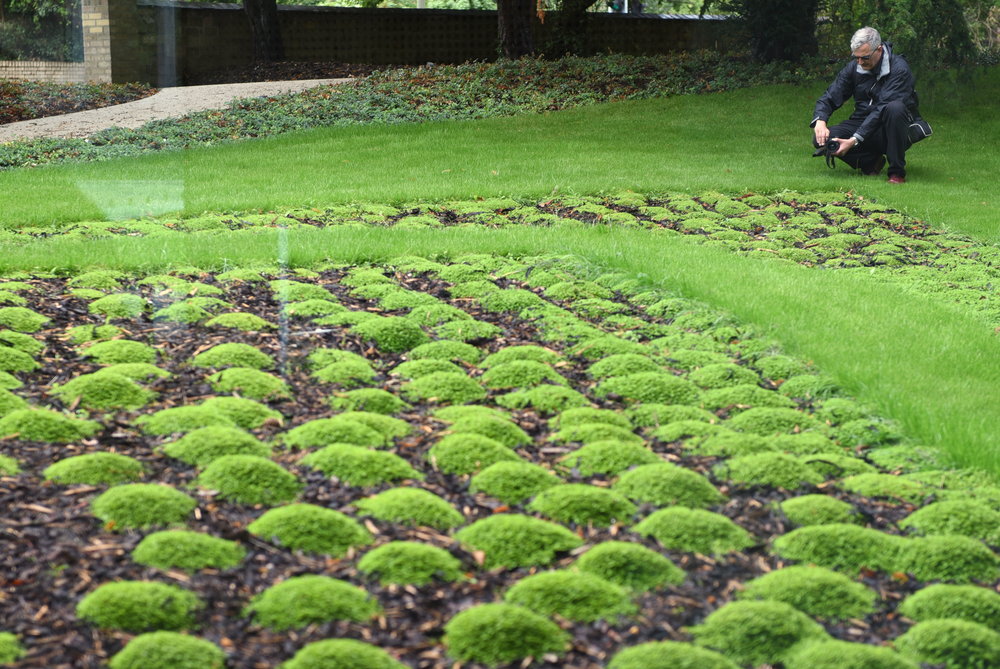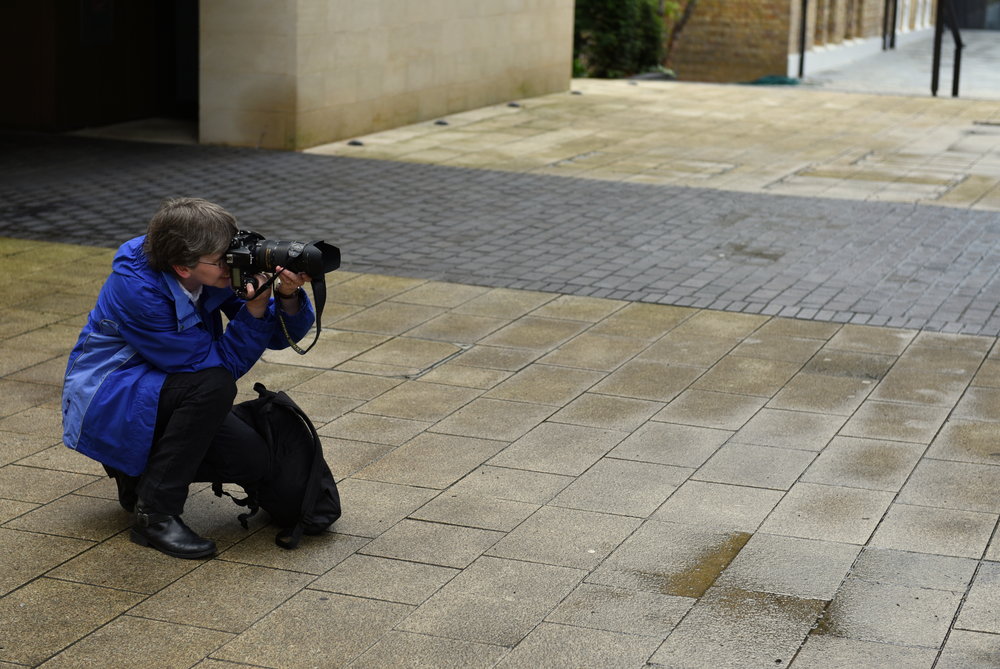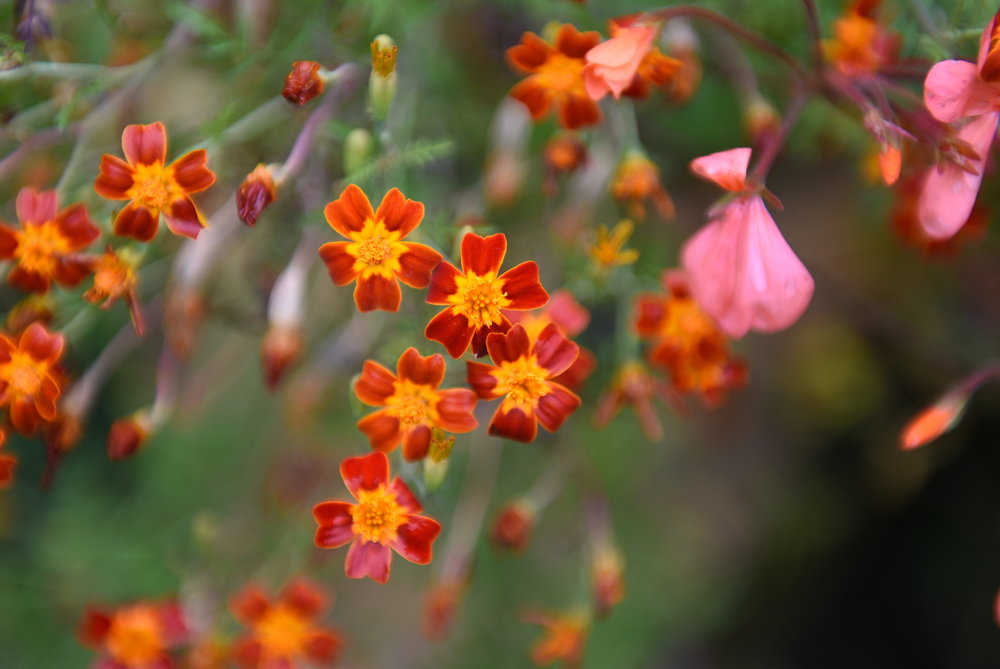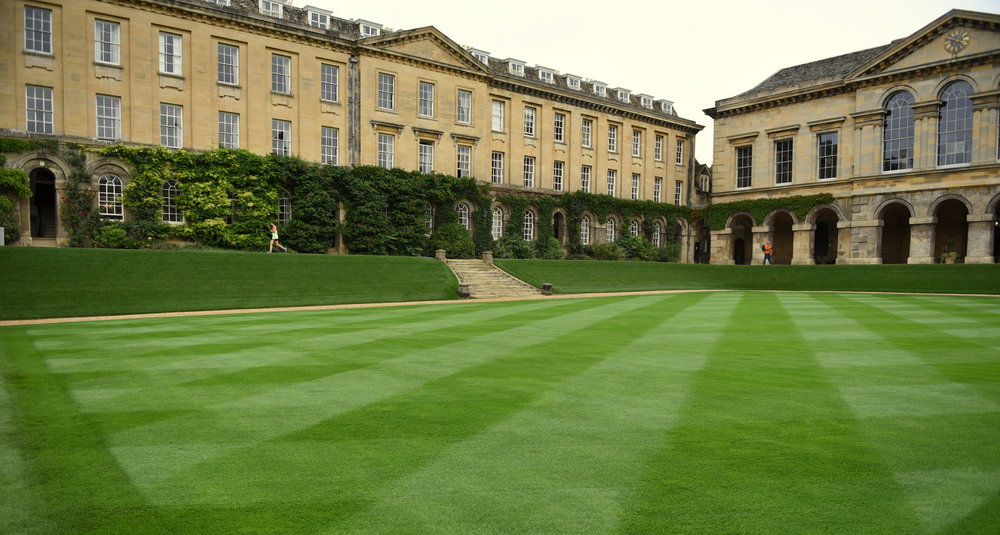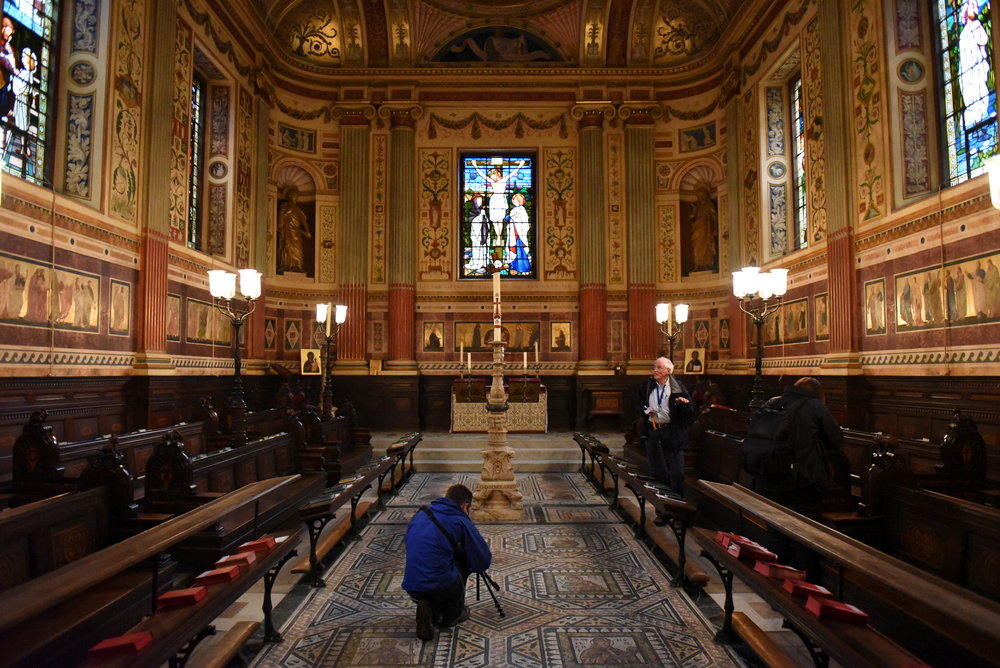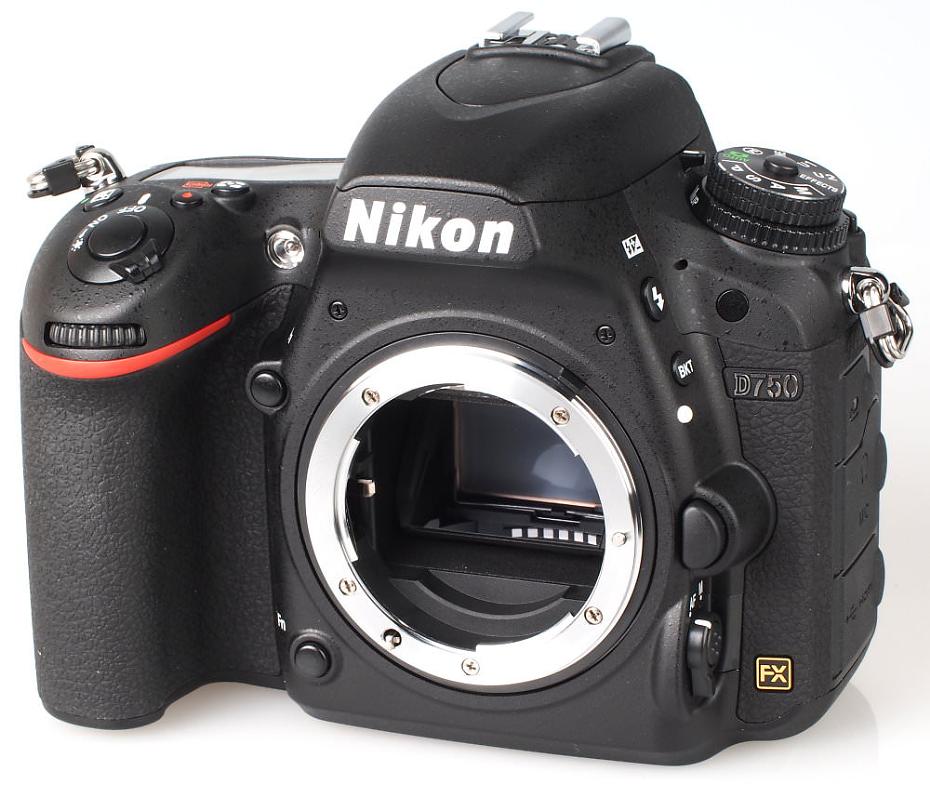
The Nikon D750 is Nikon's "mid-range" enthusiast / advanced amateur Digital SLR from Nikon and features a 24.3megapixel full-frame sensor, 6.5fps continuous shooting, built-in Wi-Fi, a compact weather-sealed body, and a tilting 3.2inch screen. The camera is now available for around £1199 body only, or roughly half the price second-hand. The Nikon D750 is positioned above the Nikon D610, which remains on the market.
Nikon D750 Features
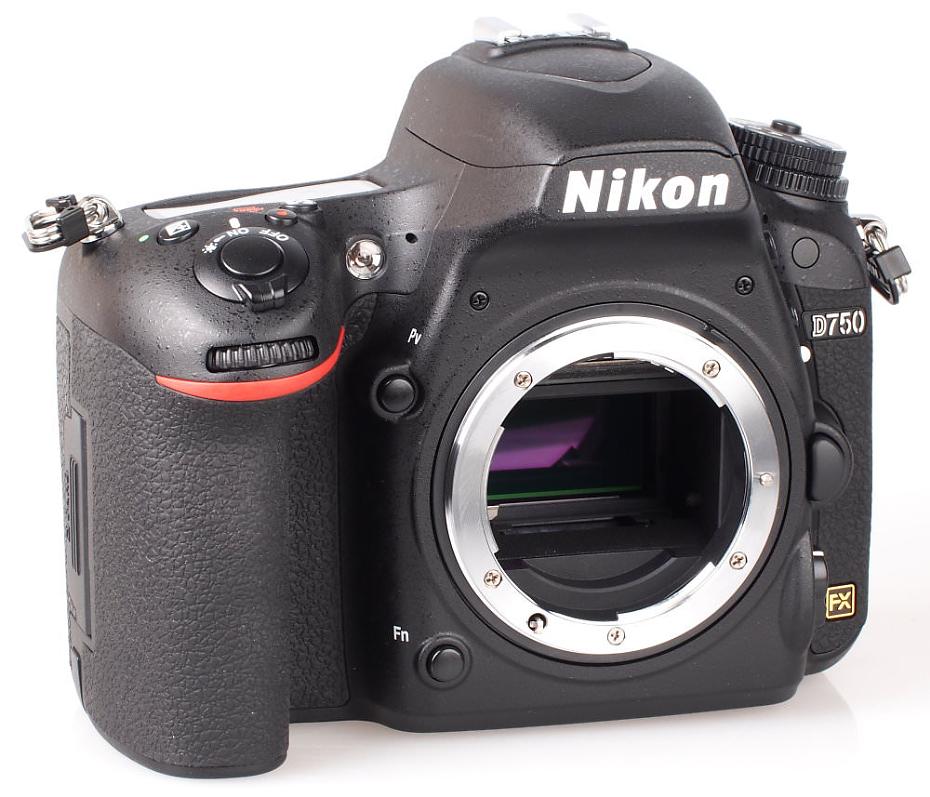
The D750 is said to be the ultimate enthusiasts' camera, with professional features at an affordable price. The Nikon D750 will be considered by many to be the long-awaited update to the Nikon D700, and with a new sensor, it offers an extended ISO range, as well as focusing in low-light down to -3EV. The camera is also smaller than the Nikon D600 / D610 and offers improved battery life. Nikon released the replacement for the D750, the Nikon D780, in January 2020.
Find out the differences between the two cameras in our Nikon D780 Vs D750 Comparison.
The Nikon D750 was the first full-frame Nikon FX camera with a tilting monitor, and the 3.2inch screen tilts up 90 degrees, as well as tilting down 75 degrees. An optional MB-D16 battery grip is available that can take EN-EL15 or 6x AA size batteries, giving over 8000 shots per charge when used with the battery in the camera.
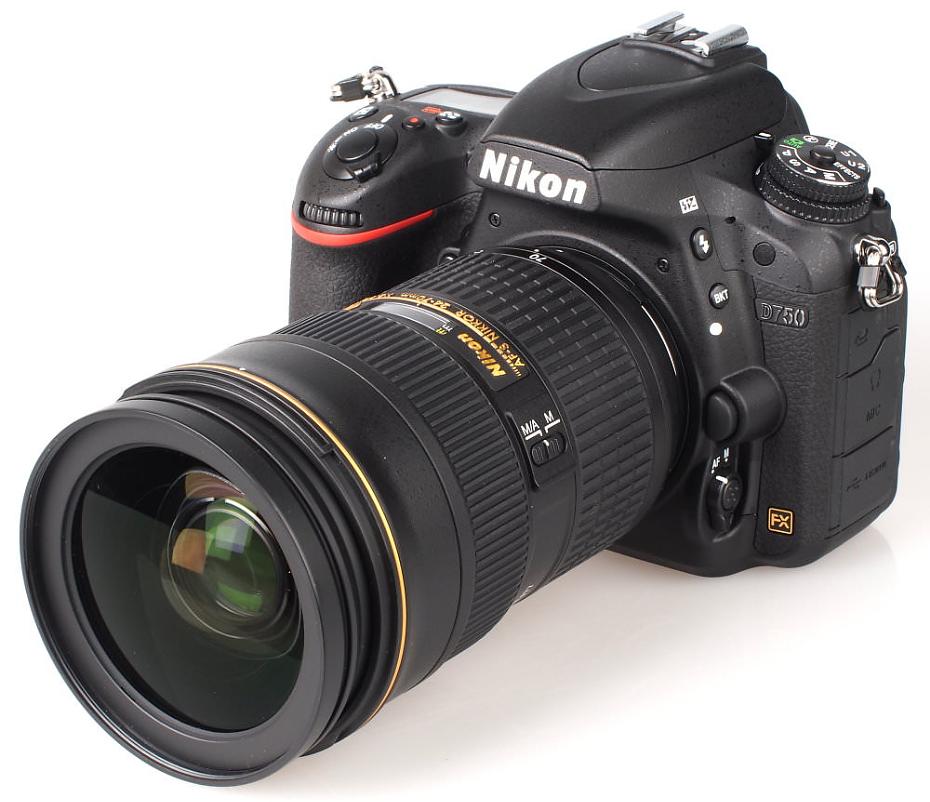
Nikon D750 Key Features:
- 24.3 megapixel FX full-frame CMOS sensor (New)
- 3.2inch (1229k dot RGBW) screen with 170-degree viewing angle
- ISO50 - ISO51200 (expanded range)
- 6.5fps continuous shooting (FX and DX)
- EXPEED 4 image processor - improved NR performance, higher definition, higher AWB accuracy, improved number of continuous shots
- Updated Nikon Picture Control (as D810) new clarity setting, finer adjustment and expanded brightness range, flat rendering option (delivers widest dynamic range)
- 1080/60p video - with minimal jaggies and moire - multi-area mode full HD D-movie (FX and DX) - new dedicated movie shooting menu
- Movie: centre-weighted metering and highlight-weighted metering, auto ISO possible in M mode, power aperture during movie recording, size of focus area can be changed. Video zebra pattern display, the camera will also output to HDMI, allowing dual recording to SD and external devices
- Sound improved, stereo mic built-in on left and right of optical axis, sound level indicators
- Rugged body - weather-sealed - shutter tested to 150,000 cycles
- Compact and lightweight - monocoque construction with carbon fibre, magnesium alloy plates, weighing 750g
- Redesigned internal design to give a deeper grip and shorter body, grip is also improved
- New 51 point AF, Multi-Cam 3500 II, enhanced low light performance, focusing down to -3EV, new group area AF (as featured in the D810), 15 cross-type sensors, and 11 f/8 compatible focus points.
- FX / 1.2x and DX format shooting modes - in DX mode the focus points cover the whole area
- Spot white balance, during live view
- i button gives quick access to settings, as featured on other recent Nikon DSLRs
- Extended battery life of 1230 shots (CIPA with flash), or 4420 when flash not used, 55min video time, using EN-EL15 battery
- Dual slot SD memory cards,
- Advanced scene recognition, face detection, 3D colour matrix metering
- Highlight weighted metering as per D810
- Wi-Fi - allows remote shooting, upload to social networks using your smartphone, Eye-Fi card also supported
- Special effects, selective colour, colour sketch, silhouette, high key, miniature, low key, night vision
Also announced alongside the Nikon D750 is the Nikon SB-500 Speedlight, with a guide number of 24, built-in LED lights for video illumination, the LEDs are rated at 100lx with 5400k colour temperature. The Speedlight is powered by 2x AA batteries. The head is compatible with Nikon's Creative Lighting System, and the head tilts up 90 degrees as well as rotating 180 degrees. The Nikon SB-500 has an RRP of £199 - find out more on the Nikon SB-500 in the news story.
Nikon D750 Handling
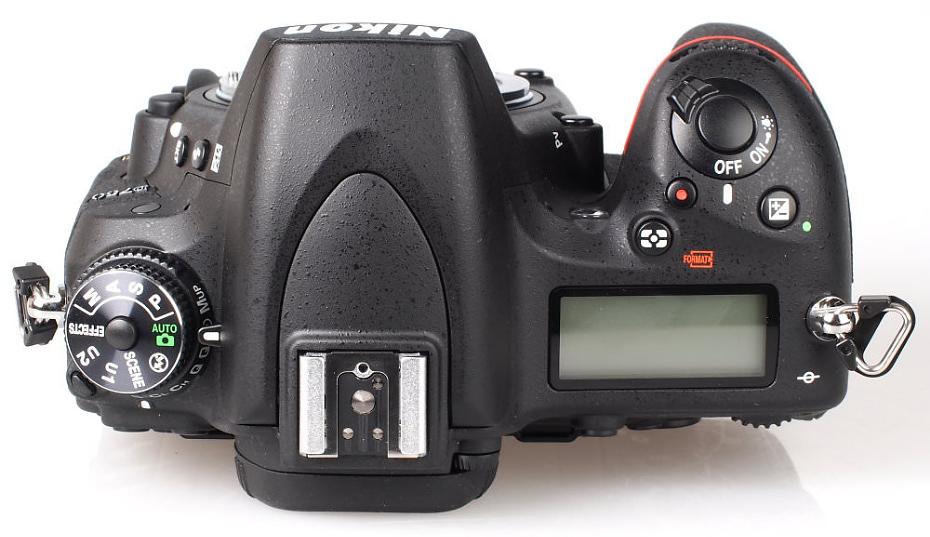
The Nikon D750 has a solid weather-sealed body, a deep grip as well as ample rubber grips, meaning the camera feels extremely well built. The layout of controls feels very familiar to anyone who has used recent Nikon Digital SLRs, with an almost identical layout of buttons and switches as the Nikon D610, although D610 users will notice be the smaller top LCD display. The tilting 3inch screen is a high-resolution unit and offers excellent viewing angles, as well as adjustable monitor colour balance.
There have been a number of recalls carried out on the Nikon D750, with Nikon providing free repairs when needed. As these were in 2014, and 2015, the cameras available on the market today should not be affected by these issues. You can find more information on Nikon's website, as well as check your serial number.
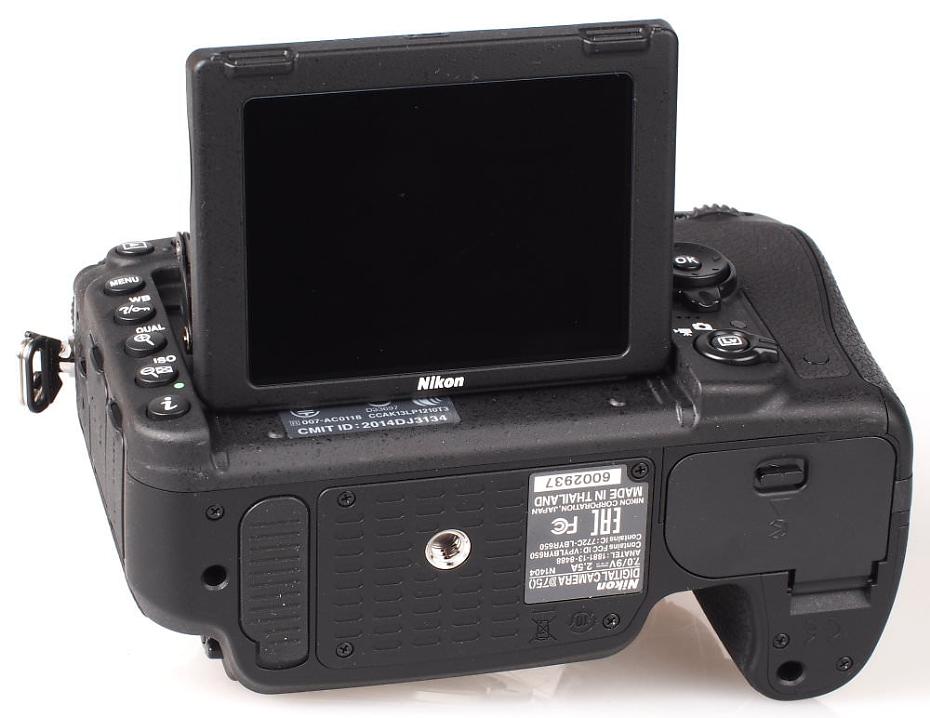
The D750 is one of the most compact full-frame digital SLRs from Nikon, and weighs 750g, although it does feel quite heavy if you attempt to use the camera with one hand. The hand-grip is large and comfortable with a good-sized rear rubber thumb grip, as well as rubber covering the memory card cover. There is also rubber on the left-hand side of the camera giving some additional grip, although the majority of the left side of the camera is used for the side ports.
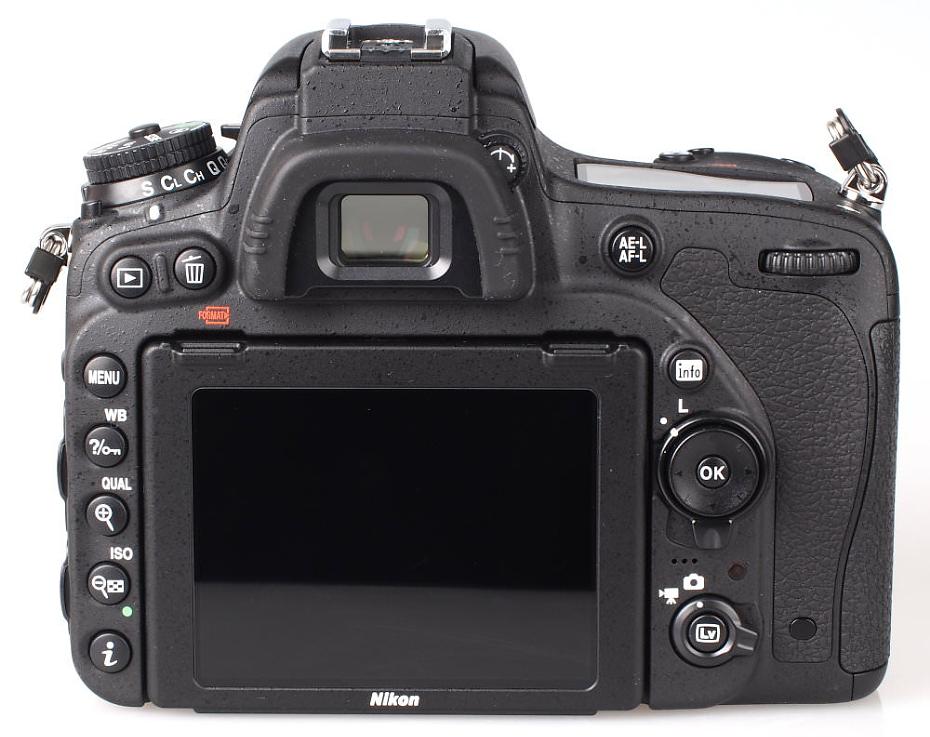
The rear has a number of buttons and controls to give direct access to WB / ISO / Colour settings as well as shooting modes with a secondary dial neatly placed under the main mode dial. Like the main mode dial, this secondary drive dial can only be turned when you press the release button, and features quiet mode, quiet continuous mode, mirror lock-up mode, as well as the standard self-timer and continuous shooting options. There is a soft rubber eye surround, as well as dioptre adjustment, and the controls and dials for changing aperture/shutter speed and shooting settings fall easily to hand, making it easy and enjoyable to concentrate on shooting. The optical viewfinder is large and clear, with dioptre adjustment, and in DX mode the 51 AF points cover the whole DX/APS-C area.
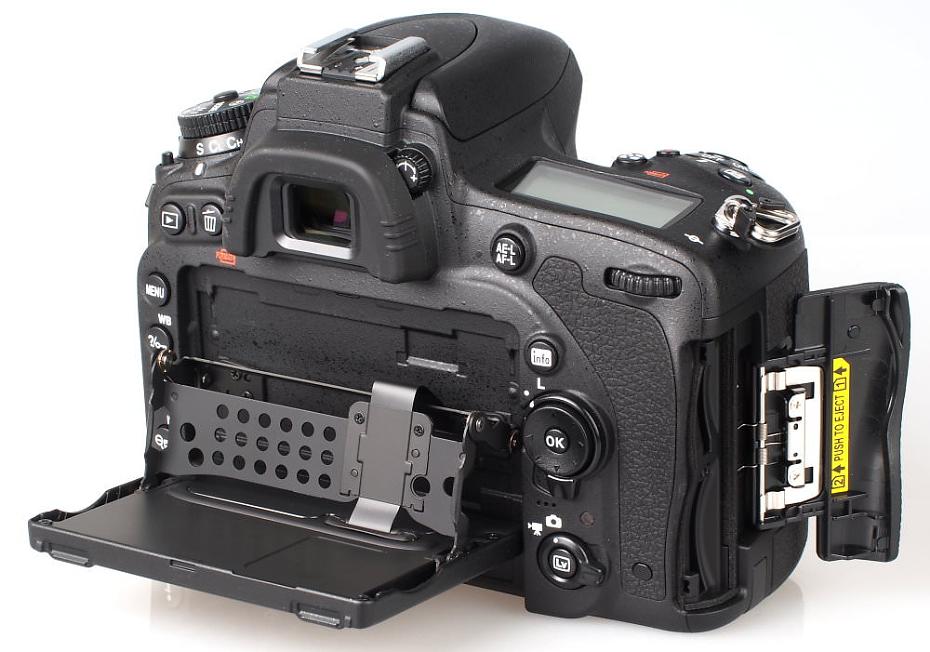
The menus are clearly laid out and the screen is extremely clear with excellent viewing angles. The menu system on the camera is split into seven sections: Playback, Photo Shooting, Movie Shooting, Custom Setting Menu, Setup, Retouch and My Menu. Navigating the settings is fairly straightforward and you can press the “?” button to bring up help on any setting. My Menu can be customised to allow quick changes to your favourite settings.
 |
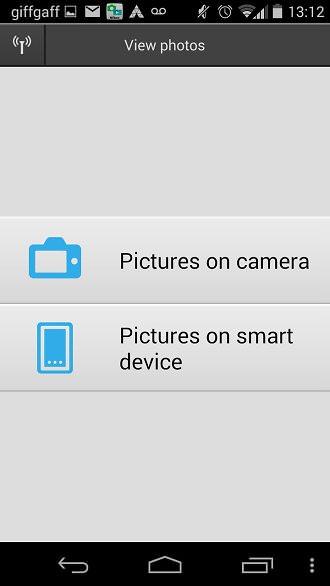 |
|
| Main screen | View photos | |
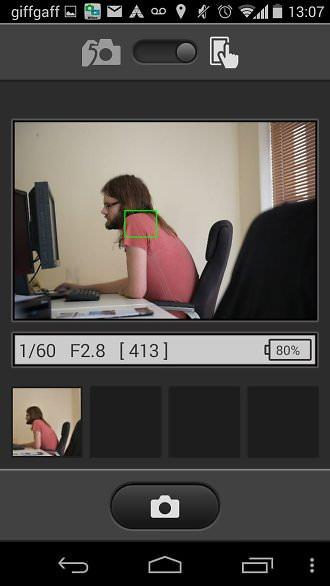 |
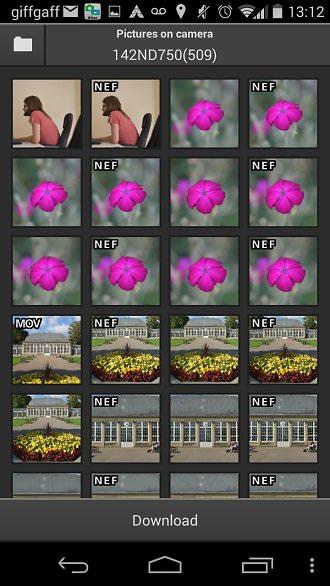 |
|
| Remote shooting | Playback |
Wi-Fi features - To use the Wi-Fi features of the Nikon D750, you simply connect to the Wi-Fi network of the D750 once you have switched it on, in the camera menus. You need to install Nikon Wireless Mobile Utility (WMU) onto your iOS or Android device and then you can remotely control your camera as well as browse and copy photos. By default, there is no Wi-Fi password setup on the D750, so for security setting up a Wi-Fi password is recommended.
Firmware updates:
Since the camera's release, there have been a number of firmware updates released for the camera, which you can download on the Nikon website. Firmware updates include support for new lenses, and accessories (such as the WT-7 wireless transmitter), released after the Nikon D750 was made available. There are also updates and fixes to give improved performance, and reliability, as Nikon fix any bugs or operation issues they've found. If you're looking at your Nikon D750, make sure your camera has been updated to version 1.10 or higher, as there are a number of fixes made available with v1.10.
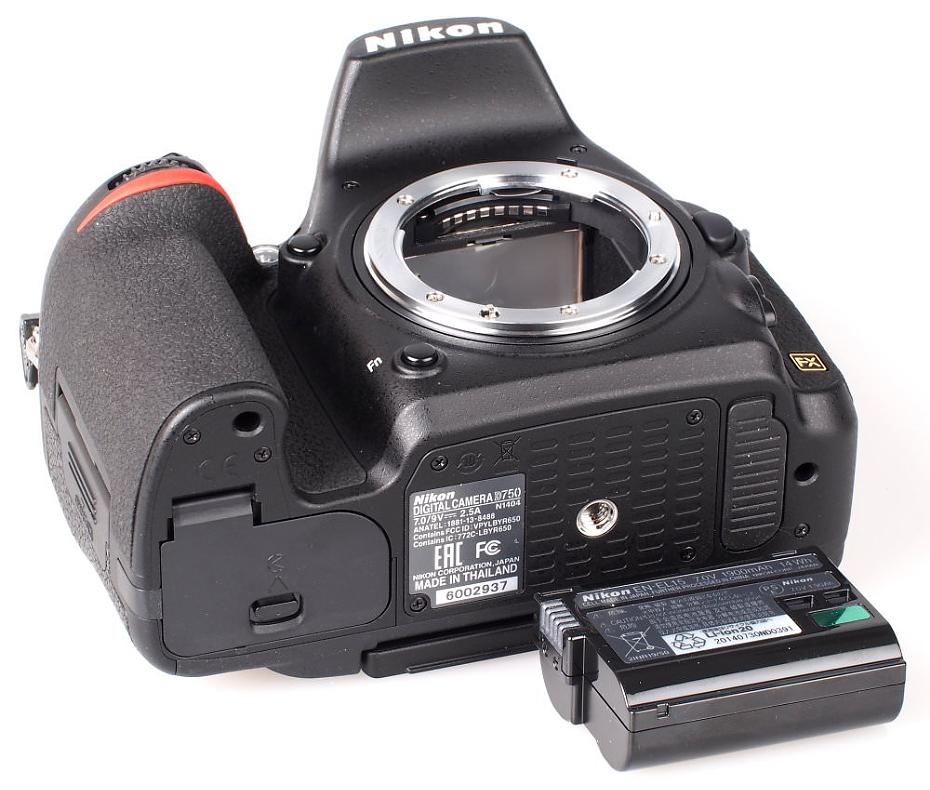
Battery life - Battery life is rated at 1230 shots according to Nikon / CIPA test results, which is excellent, and is even longer when not using flash. For the ultimate battery life, the optional battery grip is said to give over 8000 shots!
Nikon D750 Performance
The performance section is where we look at the image quality performance of the camera. Additional sample photos and product shots are available in the Equipment Database, where you can add your own review, photos and product ratings.
Speed - We took a number of shots to test the camera's responsiveness, from switch on to first photo, shot to shot, focusing speed etc. We take a number of shots and then use the average to ensure accurate and consistent tests, making it easy to compare with other cameras.
| Shutter Response (live view) | <0.05secs (<0.15secs) |
| Wide - Focus / Shutter Response (live view) | 0.15secs (1.1secs) |
| Full zoom - Focus / Shutter Response (live view) | 0.2secs (1.0secs) |
| Switch on Time to Taking a Photo | 0.25secs |
| Shot to Shot without Flash | 0.25secs |
| Shot to Shot with Flash | 0.6secs |
| Continuous Shooting - JPEG (shots before slow down) |
6fps (87 shots) |
| Continuous Shooting - Flash | N/A |
| Continuous Shooting - RAW | 6fps (13 shots) |
The camera has a very quick shutter response, this is still quite quick in live view mode (this can be a problem with live view for some Digital SLRs). Focus is quick, but much slower in live view mode. Switch on time is excellent, as is shot to shot time, although slower with flash.
Continuous shooting is very good at 6fps shooting JPEG or raw, although not as quick as the 6.5fps suggested, and when shooting JPEGs it's possible to shoot a good number before it slows down. Tested with a high-speed Class 10 SDHC memory card. Nikon Nikkor 24-70mm VR lens used for focus and shutter response tests.
Nikon D750 Sample Photos
Sample Photos - The camera delivers clean images with low noise, good levels of detail, excellent colour, and dynamic range appears to be excellent. Portrait photos taken with the camera show good levels of detail, and images have a warm, slightly yellow tone which works well for portrait photos. When using the on-board flash, there is no red-eye visible. The camera is also capable of focusing successfully even in very low-light, and not just in the centre of the frame, with many of the AF points active. When shooting in low light there is good noise performance up to ISO6400 / ISO12800 - above this noise becomes quite noticeable, although results may still be usable on the web.
Nikon D750 Lens test images
Lens Performance - The Nikon D750 delivers images with good levels of detail, along with good colour and dynamic range. For improved image quality you can alter settings in the camera, or alternatively convert the raw files yourself to give sharper results. Exposure is reliable and focusing is quick. Options for vignette correct and auto distortion control are available in camera, however we left auto distortion control off, and vignette control was set to normal. Dynamic range can be extended using the D-Lighting options (with D-lighting options including Off, Low, Normal, High, Extra High and Auto), or alternatively using the HDR shooting option. For better results, we would recommend the use of prime lenses, particularly if you want to shoot wide-open.
Nikon D750 ISO test images
ISO Noise Performance - For the lowest noise and best detail possible we would recommend using ISO50 to ISO3200, as images have low levels of noise and good levels of detail. Although using the lowest ISO setting of ISO50, does reduce dynamic range. For lower light situations ISO6400 to ISO12800 still provides good results, although noise increases and detail is reduced. There is a noticeable improvement in noise performance at these settings when compared to the Nikon D610. At ISO25600 noise levels become strong and we would recommend avoiding this setting if possible, although results may still be useful if resized and used on the web. ISO51200 is best avoided as noise is at the highest, and detail is low.
Nikon D750 White-balance test images
White Balance Performance - Auto White Balance (AWB) performs reasonably well under tungsten lighting, and there is an option to keep warm colour which gives a warmer result. The tungsten / incandescent preset gives a slightly green result under tungsten lighting. AWB performs well under fluorescent lights, with the fluorescent presets giving a slightly blue result or a magenta result depending on which preset you use. For the most accurate results, manual white balance will help.
Nikon D750 Digital filters
Digital Filters - The Nikon D750 has a number of options available for customising colour while taking a photo, with defaults including standard, neutral, vivid, monochrome, portrait, landscape, and flat, and these "Picture Controls" can be customised letting you set sharpness, clarity, contrast, brightness, saturation and hue. In playback mode there is a retouch menu as well as built-in RAW processor. Image effects include options for D-lighting, red-eye reduction, trim, monochrome, filter effects (warm, red, green, blue, cross-screen, soft), colour balance, image overlay, resize, quick retouch, straighten, distortion control, fisheye, colour outline, colour sketch, perspective control, miniature effect, selective colour, movie edit. RAW processing options let you alter image quality, size, white balance, exposure, picture control, high ISO NR, colour space, vignette control, and D-lighting.
Nikon D750 Other sample images
Video - The camera features built-in stereo microphones, for improved audio recording, and the camera records full HD video at 60, 50, 30, 25 and 24p.There are a number of options on the dedicated movie shooting menu screen, including options for microphone sensitivity, wind noise reduction, as well as high ISO options available.
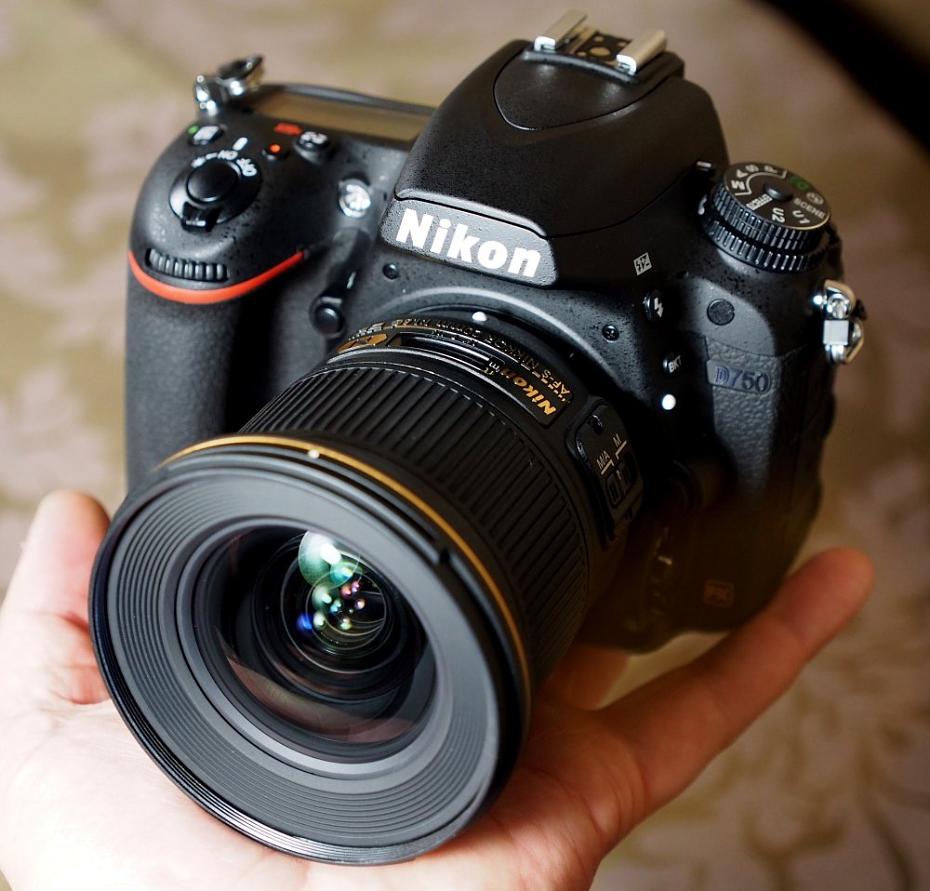
Value For Money
Now that the Nikon D750 is six years old, and Nikon has introduced the new D780, the price has dropped considerably, and you can buy the D750 for around £1179 new, or alternatively you can find second-hand cameras from around £600.
Alternative full-frame Digital SLRs to look at include the following:
Nikon D610 - 24mp, 6fps, FullHD video, £699 body only
Nikon D780 - 24mp, 7fps, 4K video, £2099 body only
Nikon D850, 47mp, up to 9fps, 4K video, £2499 body only
Canon EOS 6D Mark II, 26mp, 6.5fps, FullHD video, £1174 body only
Canon EOS 5D Mark IV, 30mp, 7fps, 4K video, £2549 body only
Sony Alpha A99 Mark II, 42mp, 12fps, 4K video, £2499 body only
Pentax K-1 II, 36mp, 6.4fps, FullHD video, £1789 body only
For more options, have a look at our list of the best full-frame DSLRs, as well as the best full-frame mirrorless cameras. You'll also need to buy a memory card and a case or bag to keep your camera safe and protected - have a look at our complete guide to camera bags.
Nikon D750 Verdict
The Nikon D750 has a high-resolution 3.2inch tilting screen, as well as impressive battery life, built-in Wi-Fi, a more compact body and faster continuous shooting making this a very appealing camera. If you value the tilting screen and built-in Wi-Fi, then the D750 could be worth the price premium over the Nikon D610. The Nikon D750 delivers excellent image quality with low noise and good focusing even in low-light. There are a number of customisation options to deliver images to your own personal tastes, including new clarity settings, as well as a "flat" option for video work.
The camera offers advanced FullHD video recording with stereo microphones, plus microphone and headphone sockets, and video benefits from the full-frame sensor in low-light situations. Handling is very good with a large rubber grip and ample buttons and controls on the outside of the camera so that you can avoid using the menu system if you prefer. A number of built-in editing options, RAW processing, and video editing could save a lot of time as you are able to edit and customise photos and videos away from the computer. The Nikon D750 delivers improved noise performance when compared to the D610, and for those looking for a "traditional" Digital SLR the Nikon D750 comes Highly Recommended.
With the release of the new Nikon D780, the D750 could be worth a look, if you don't need 4K video, as the camera is now available for a significantly reduced price. It's also widely available for even less if you're happy to purchase the camera second-hand. If you do, look for a retailer who offers a warranty, some even offer a 12 month warranty.
Nikon D750 Review - Updated - Review: The Nikon D750 delivers excellent image quality with low noise, and a number of customisation options to deliver images to your own personal tastes.
